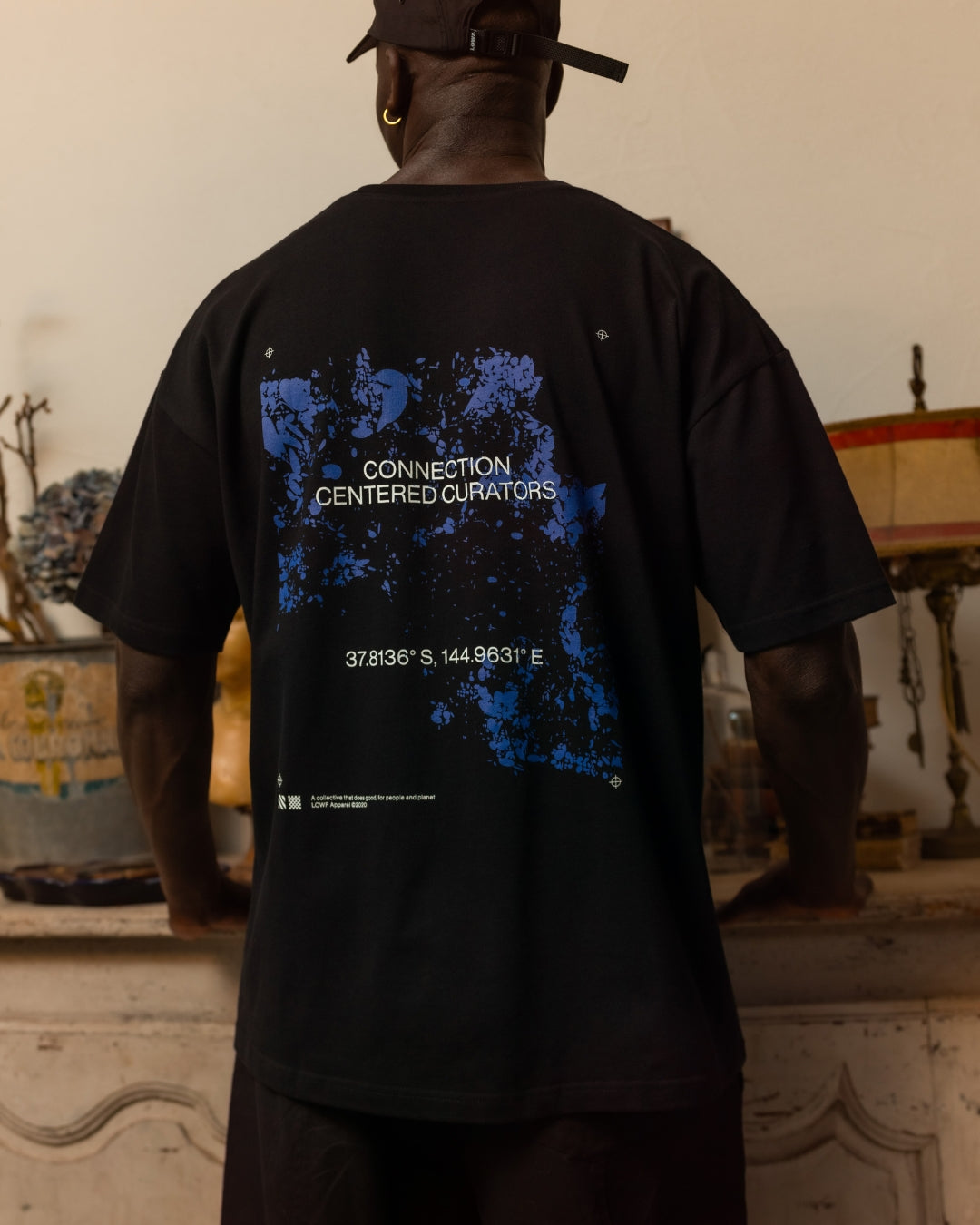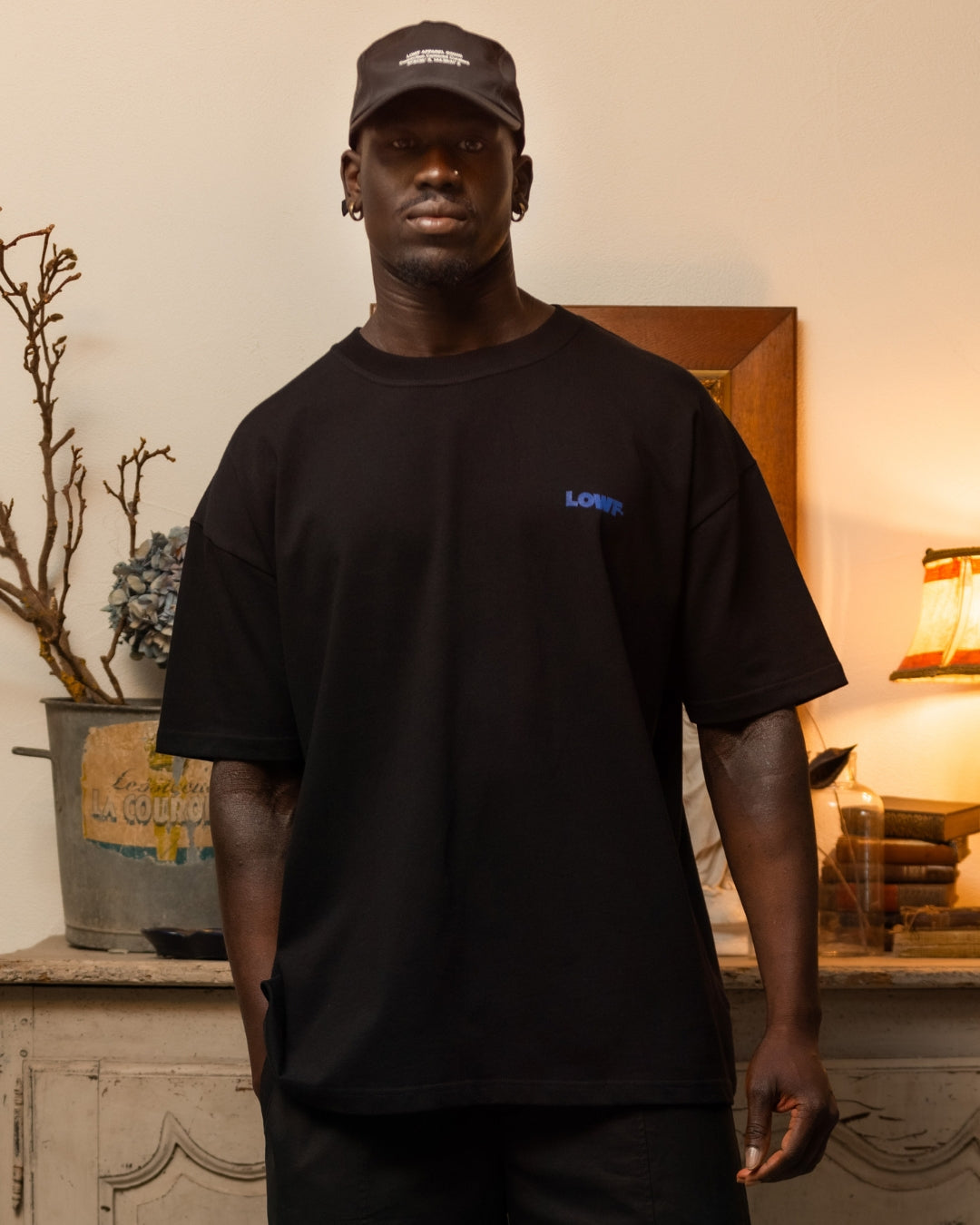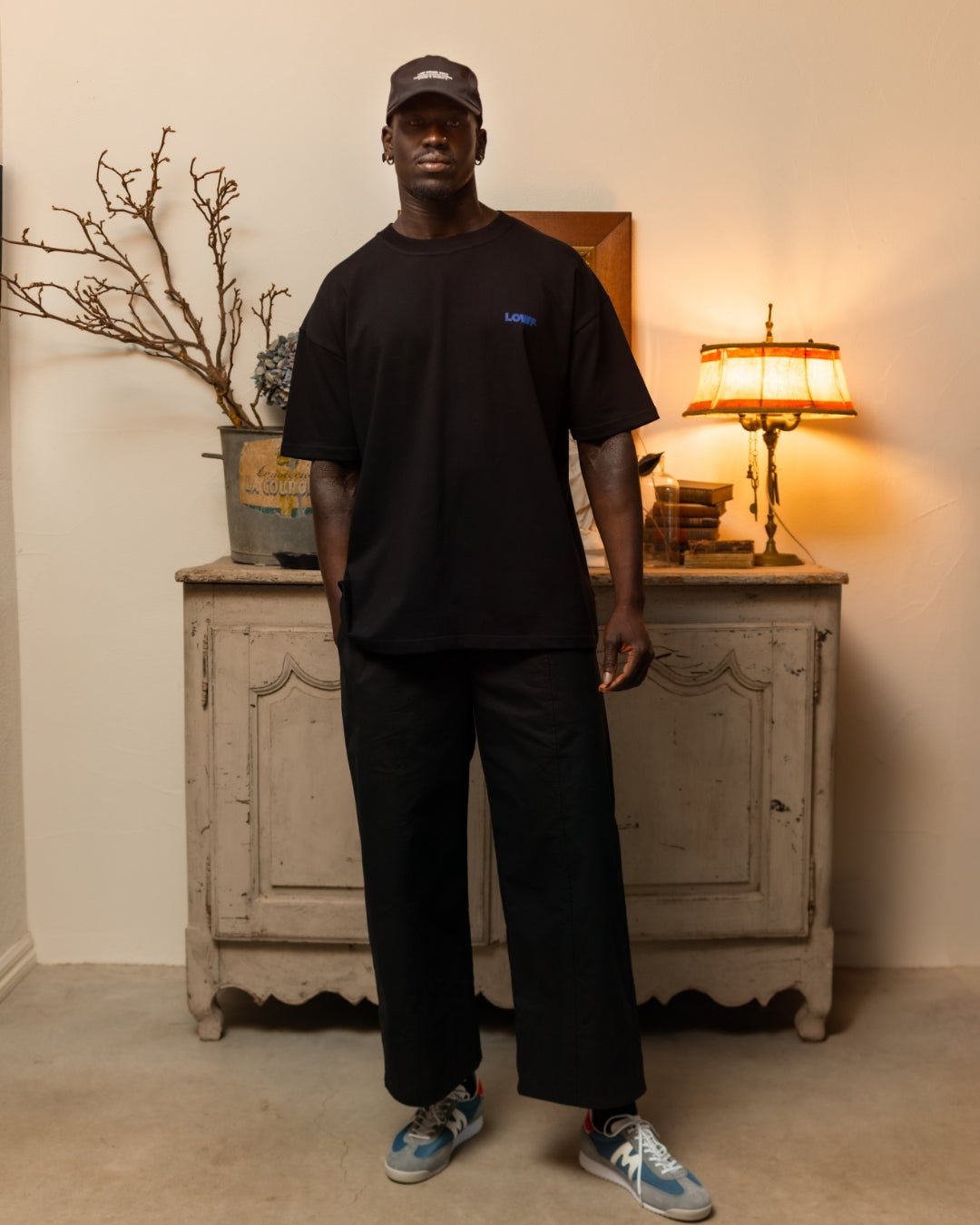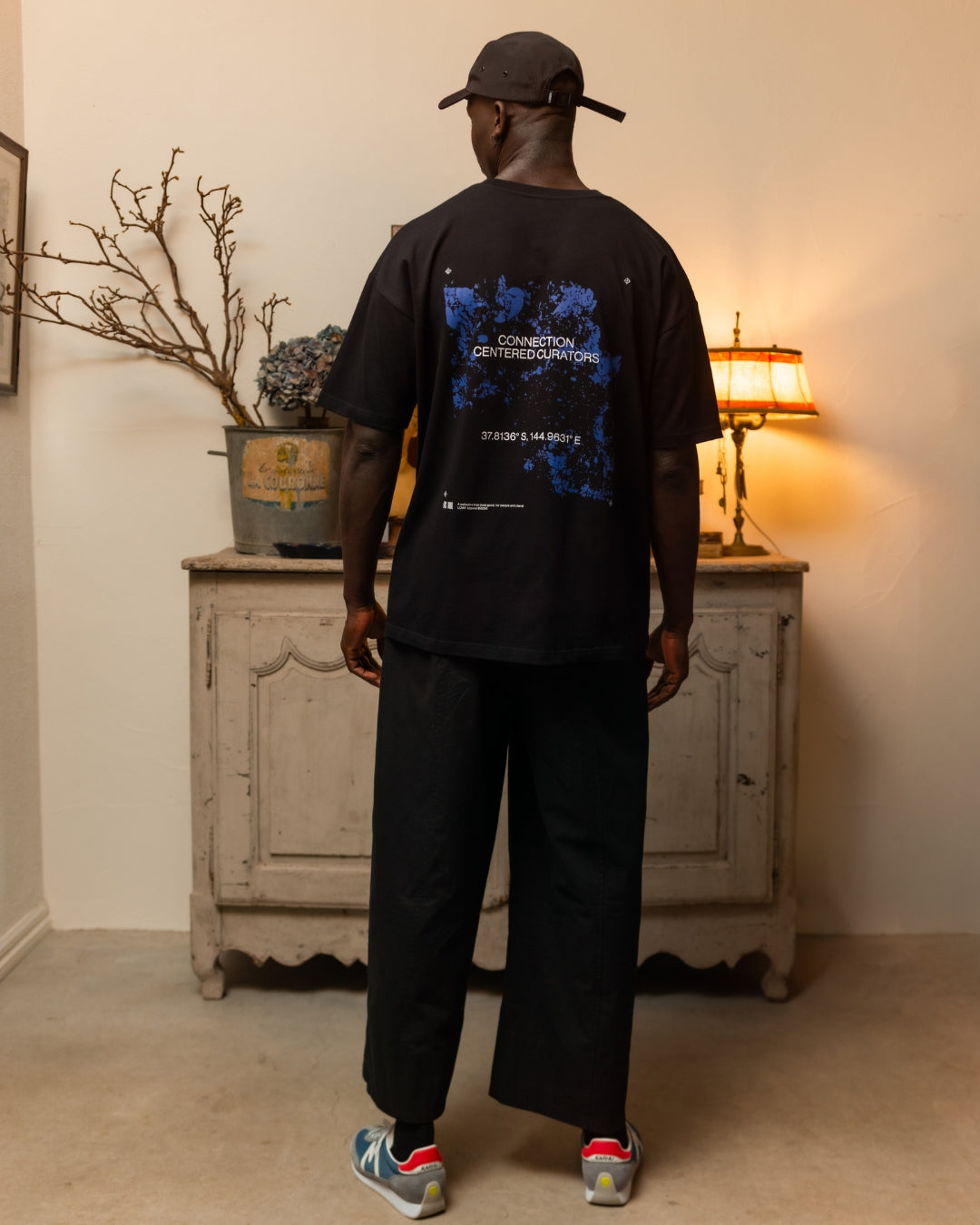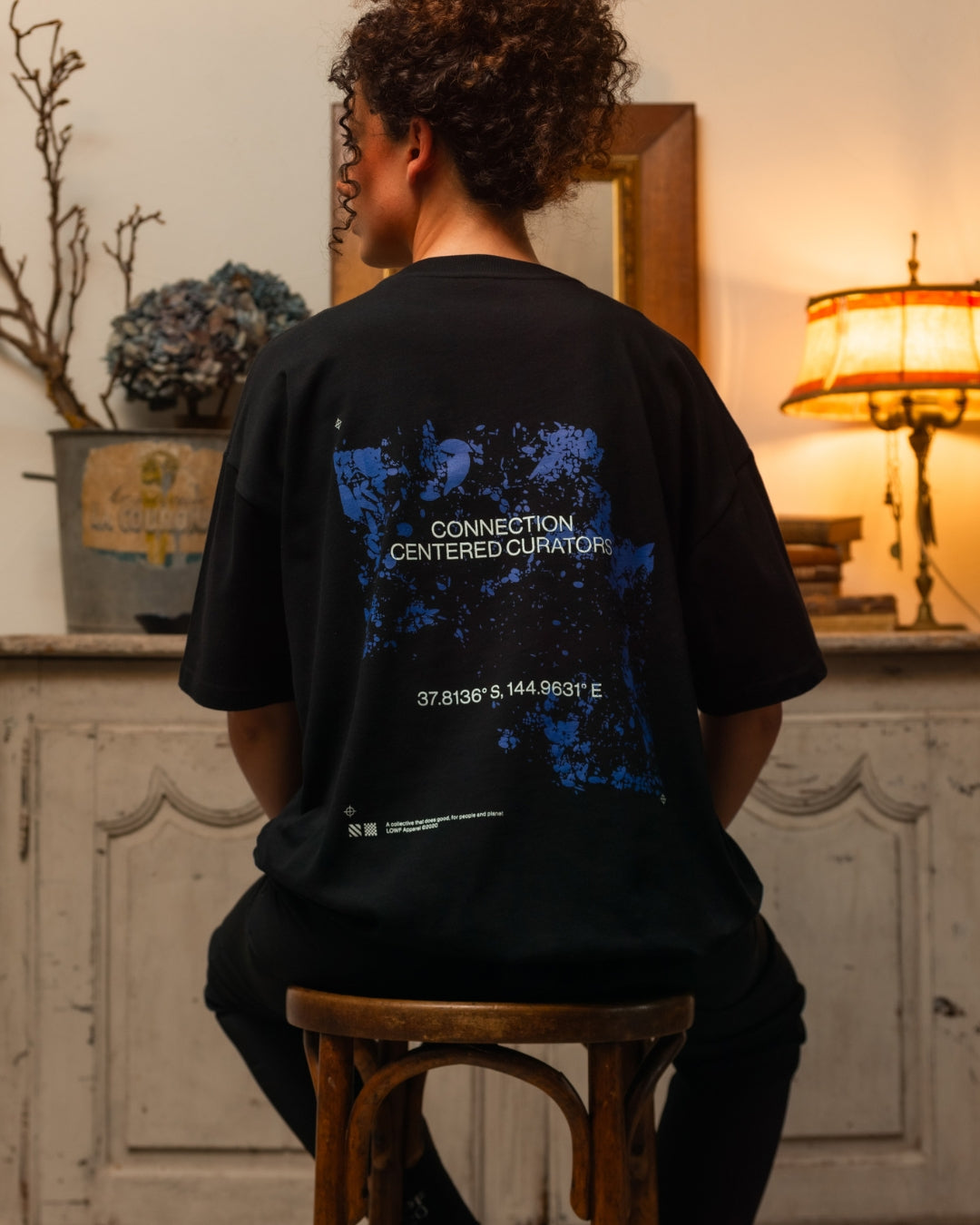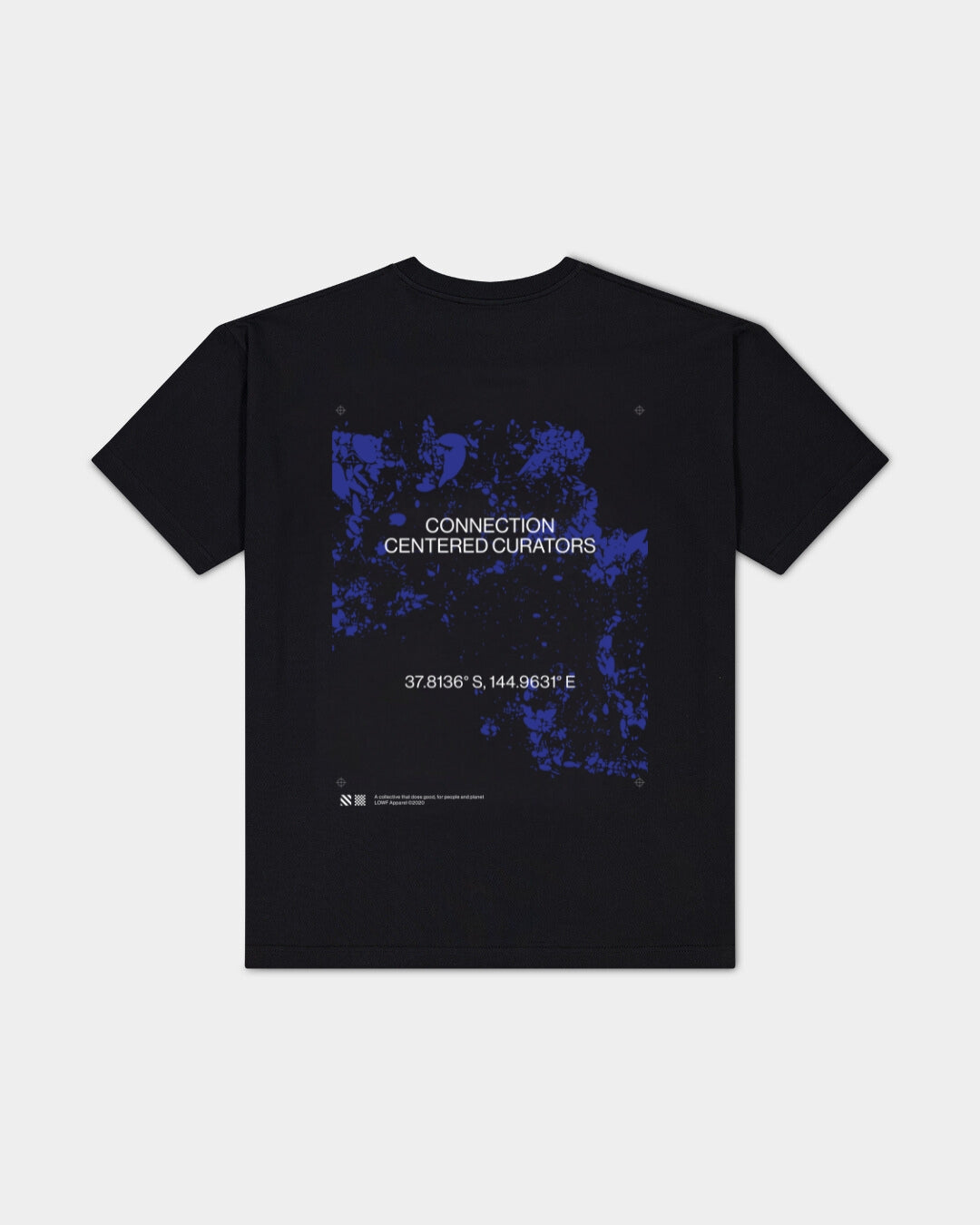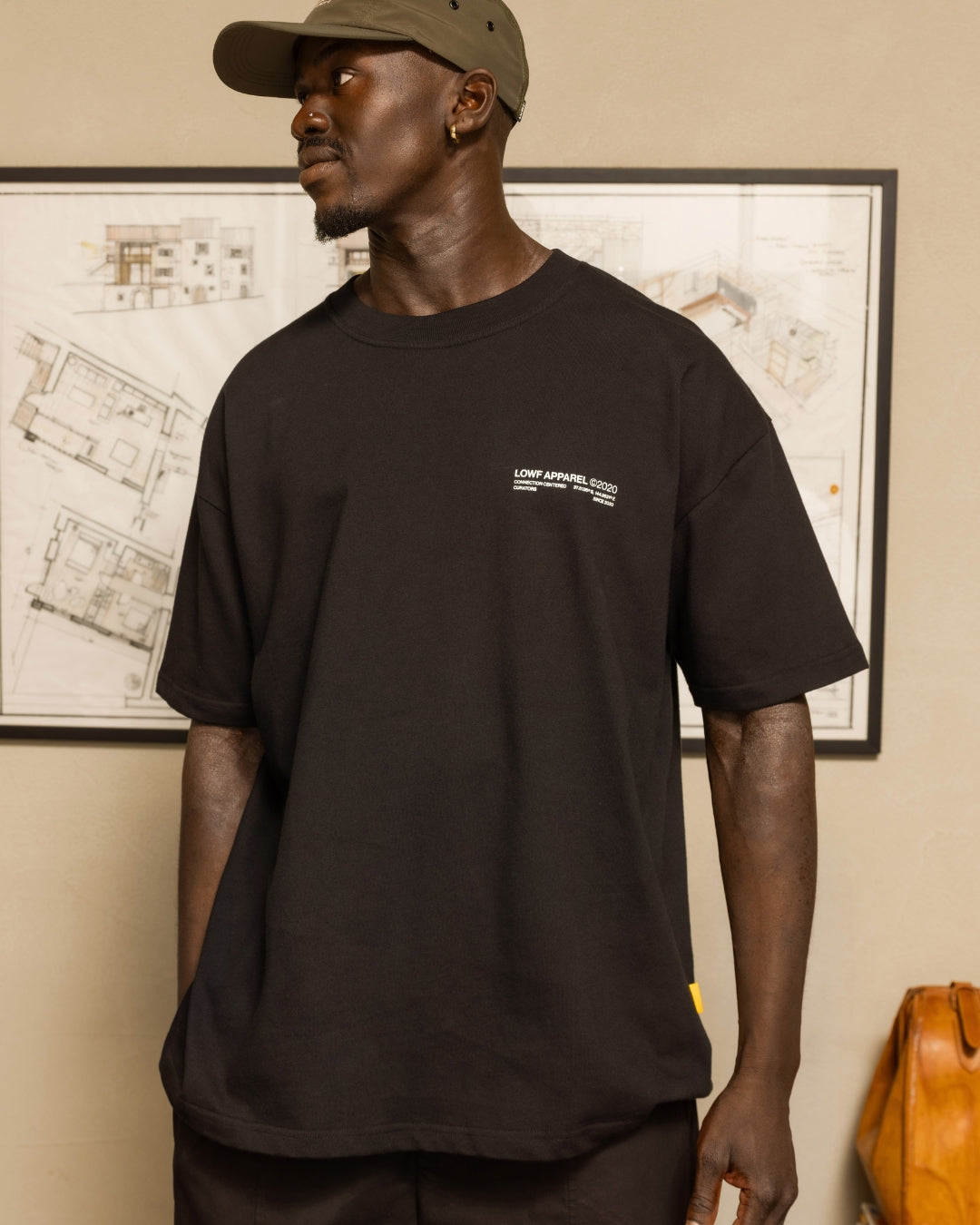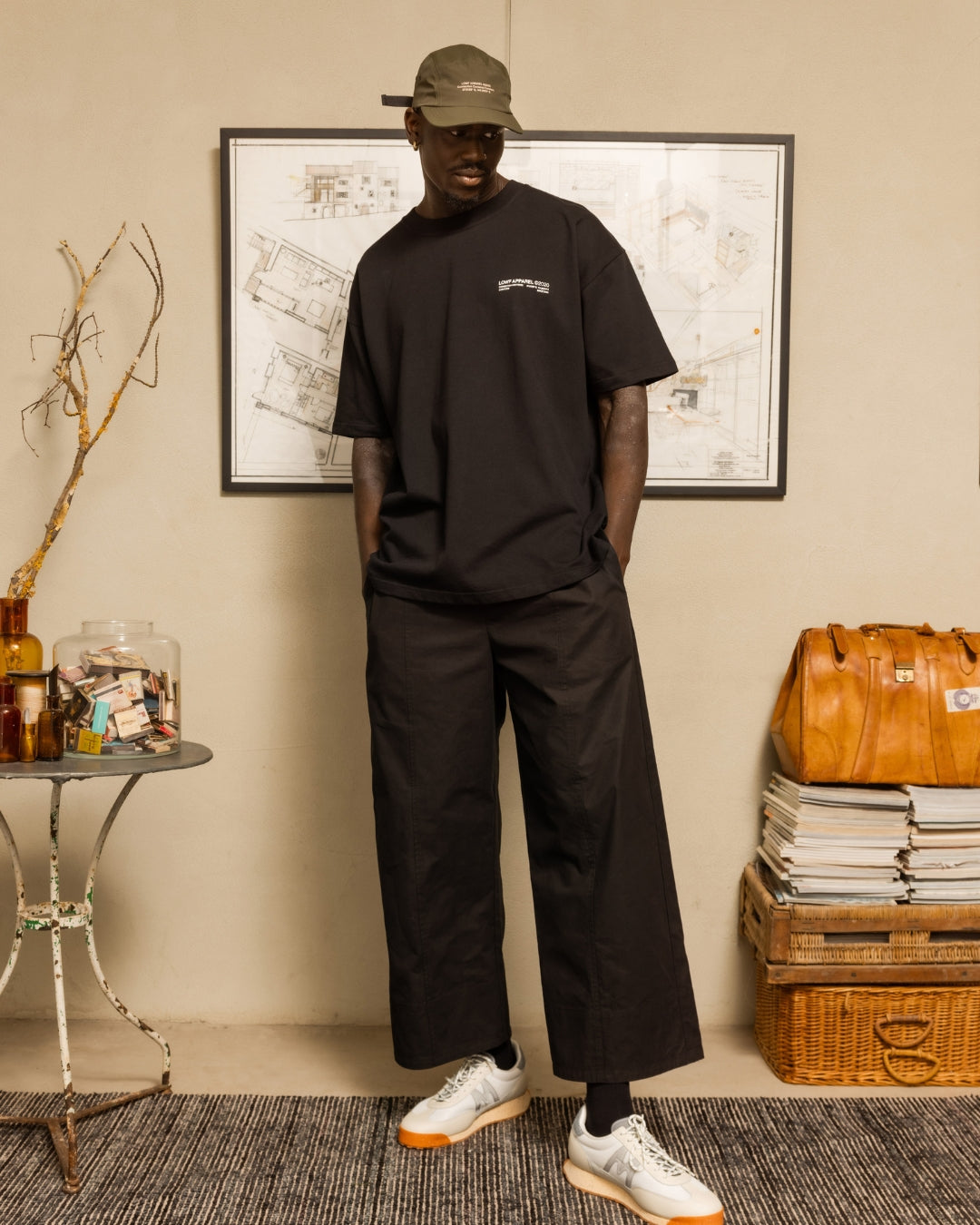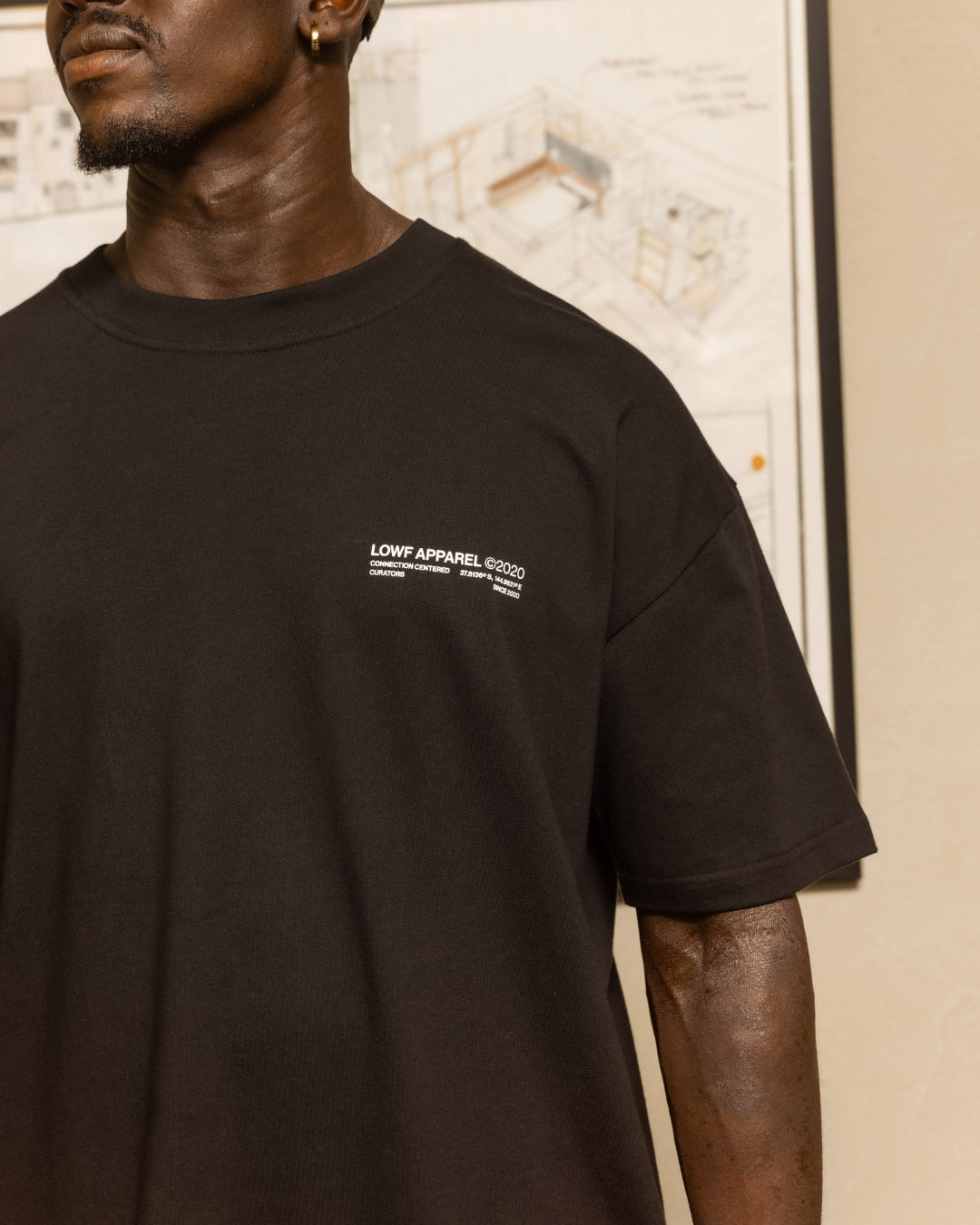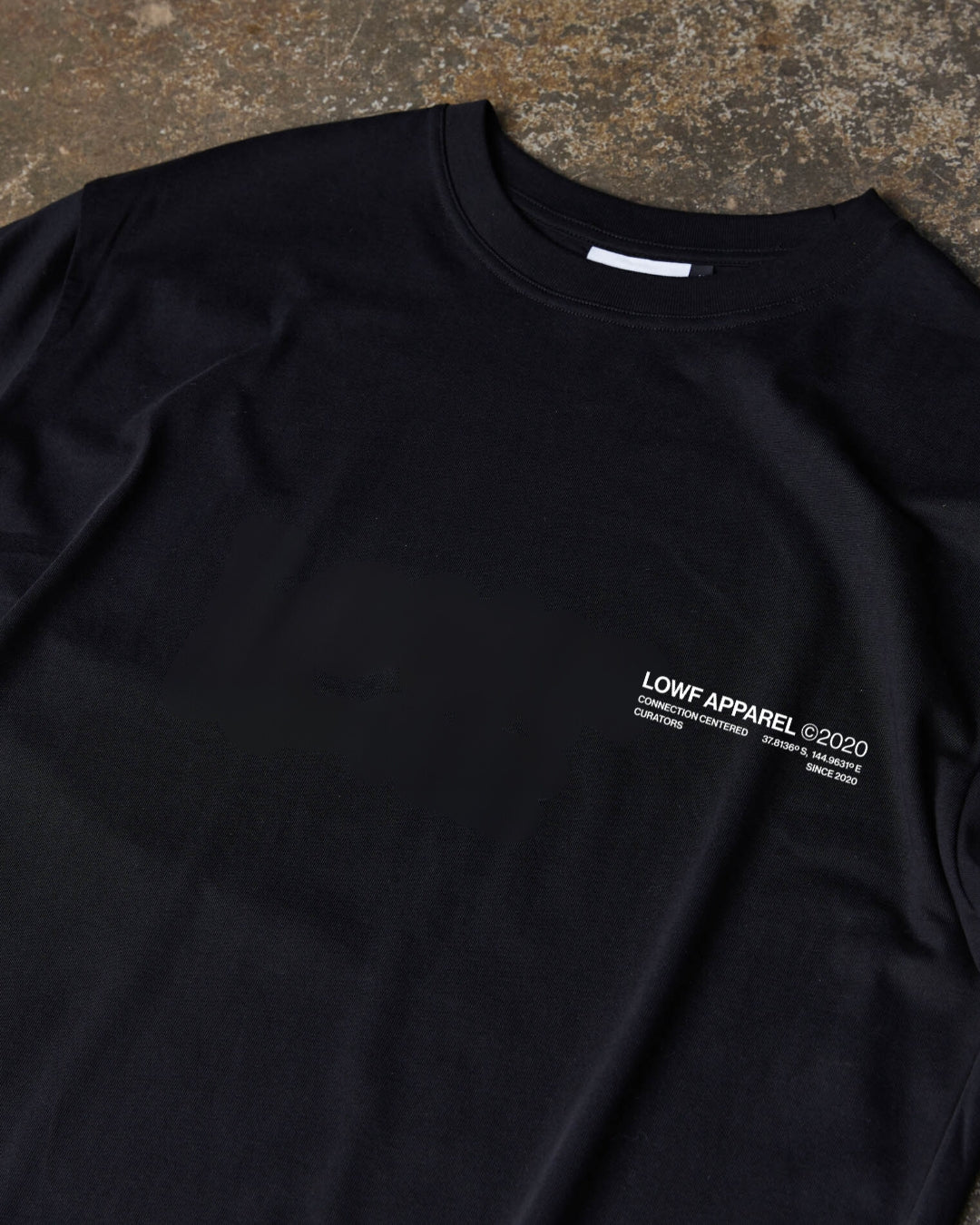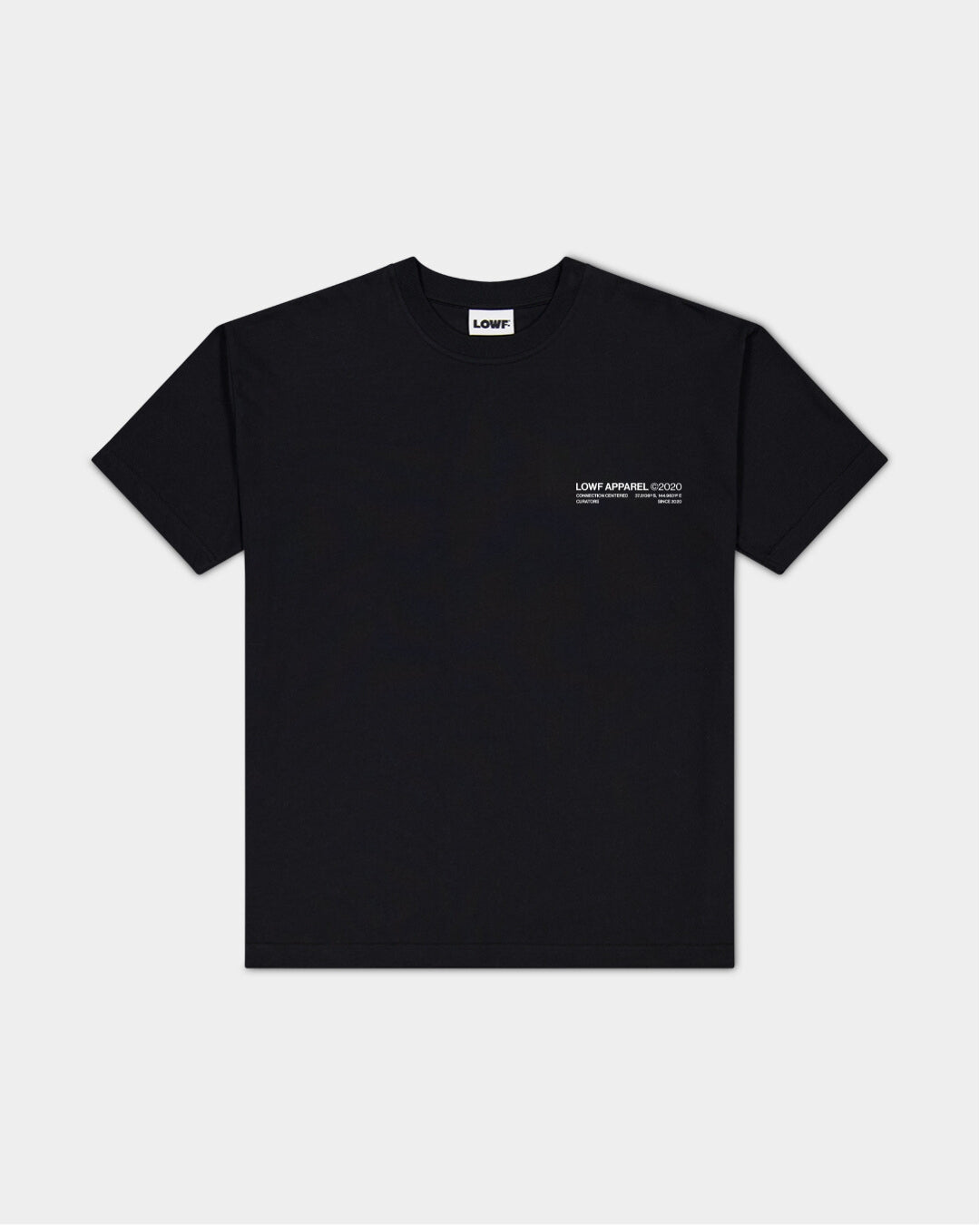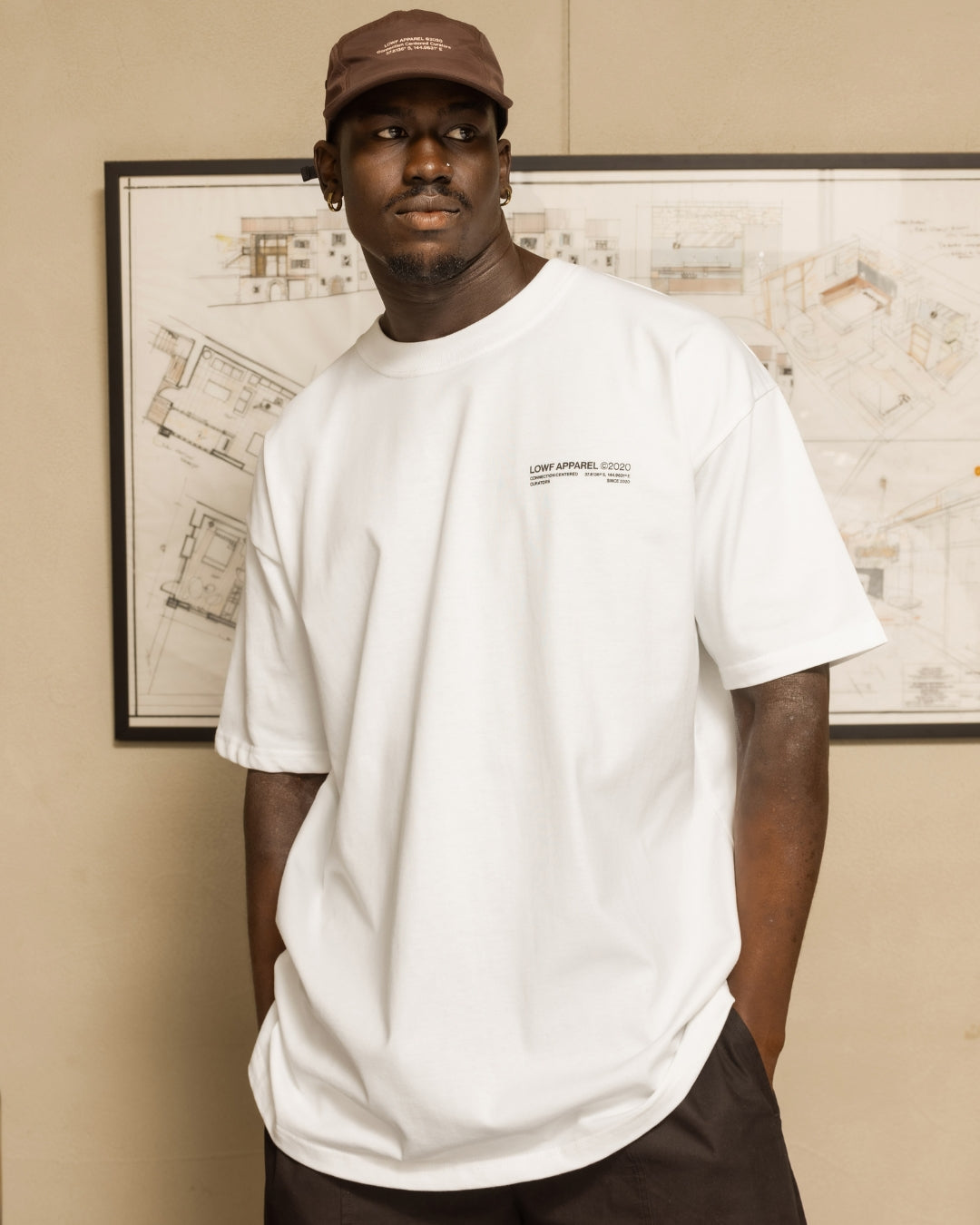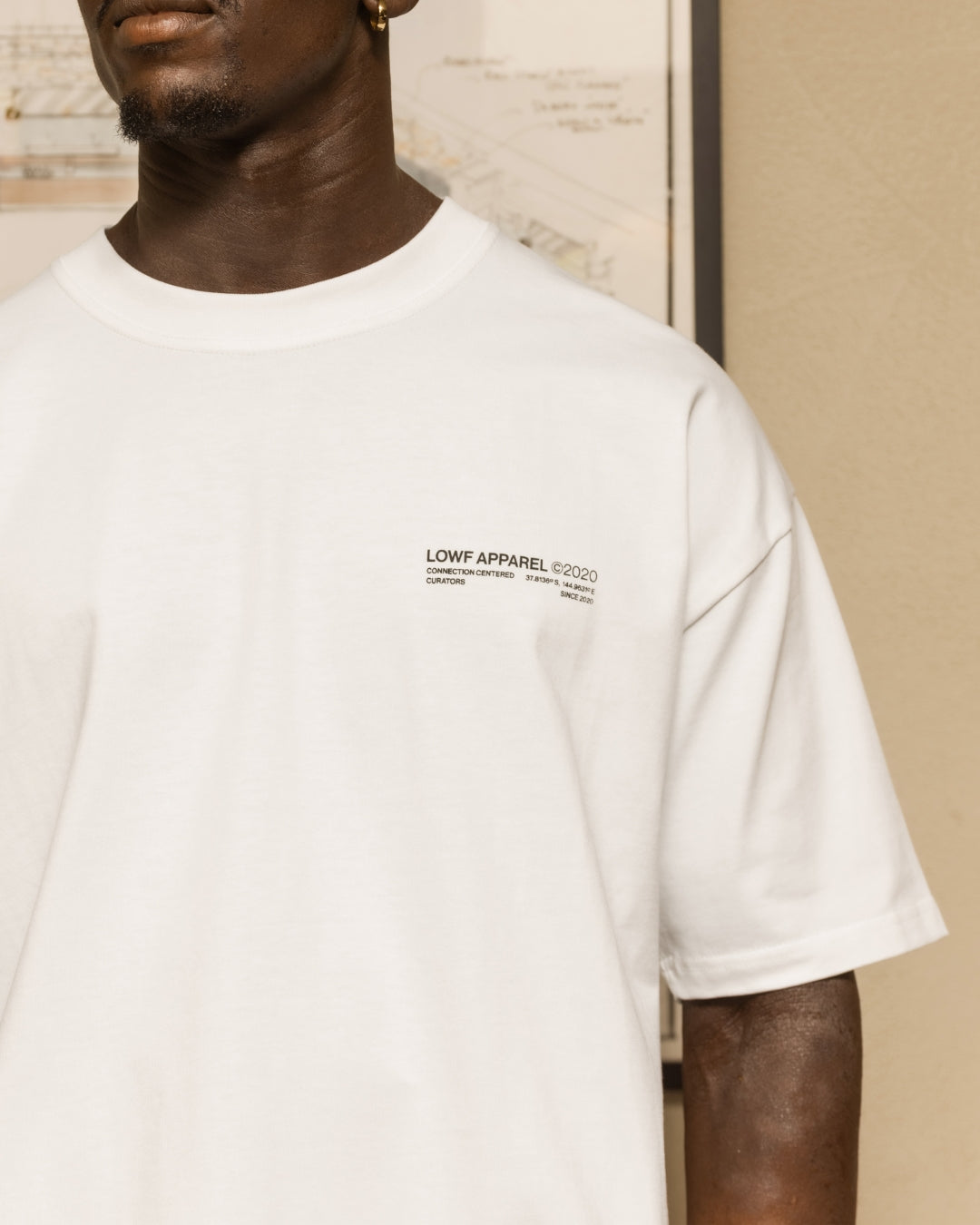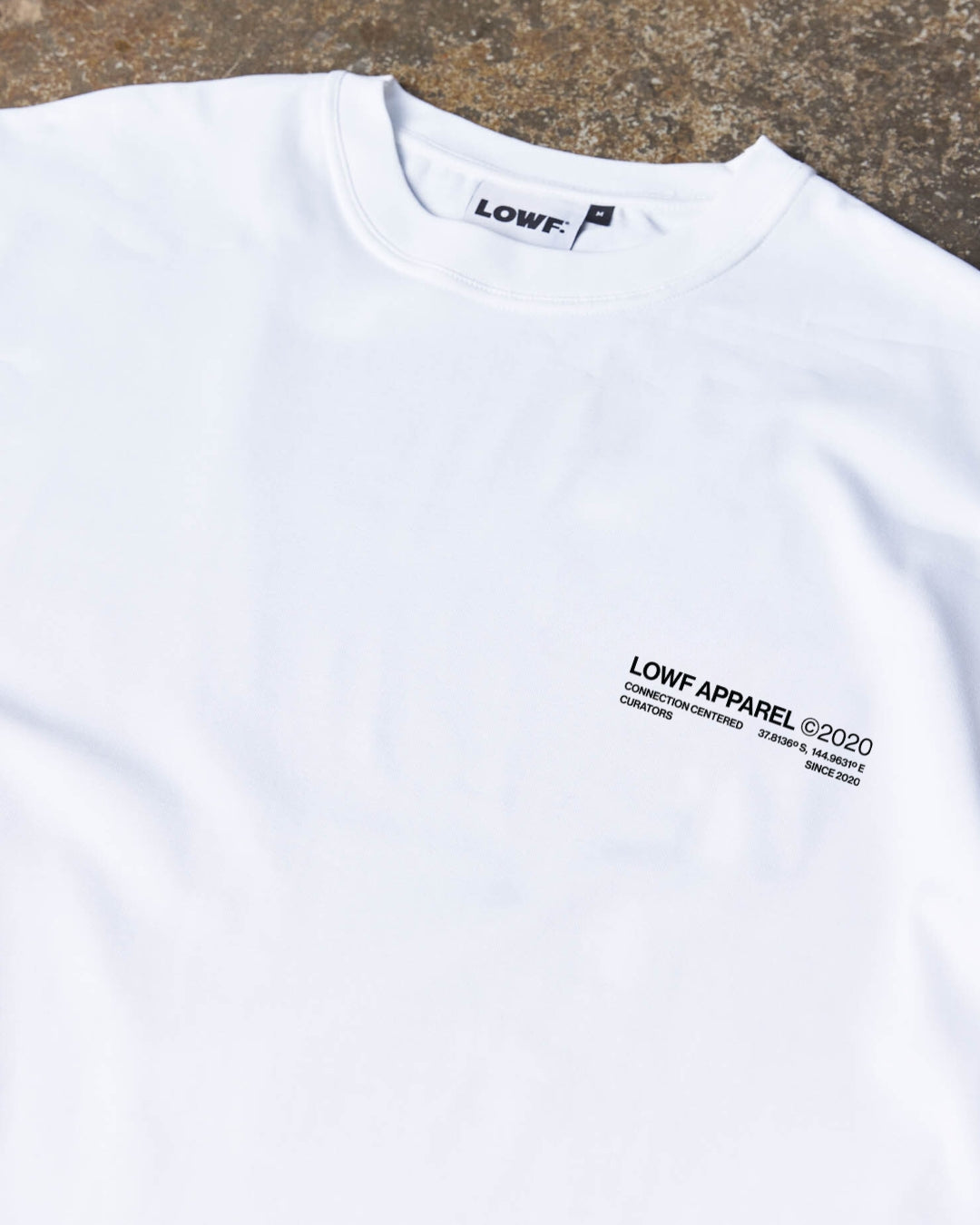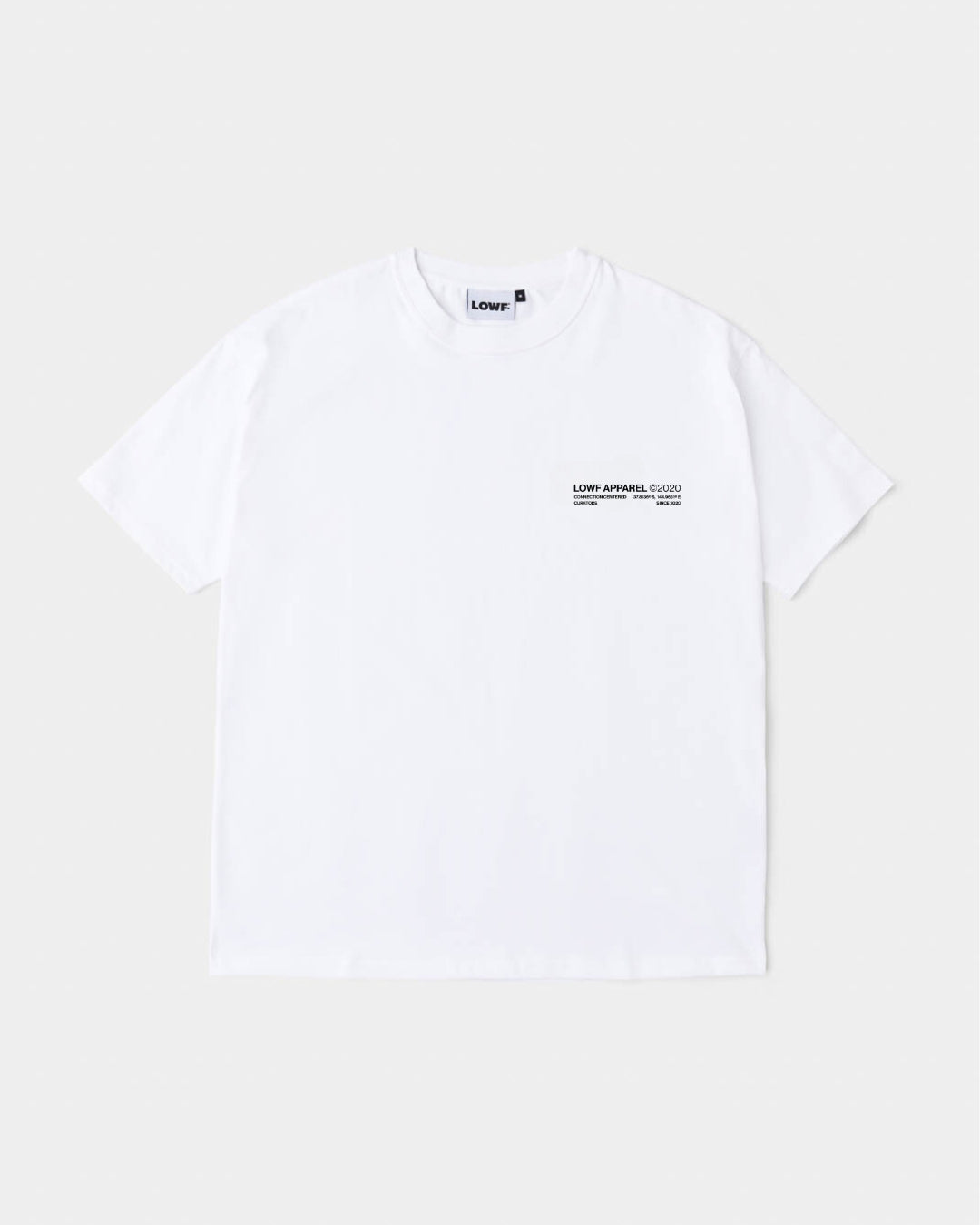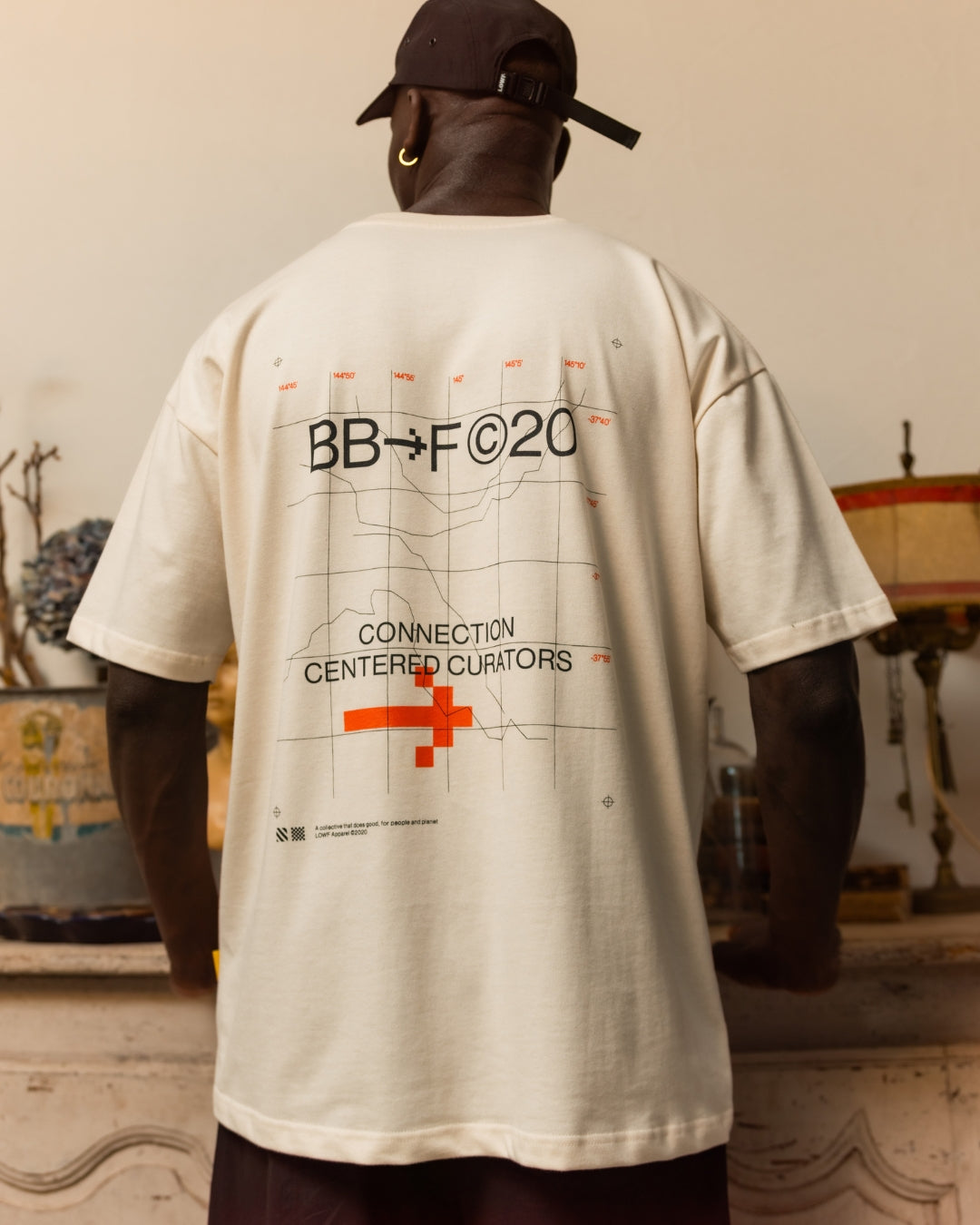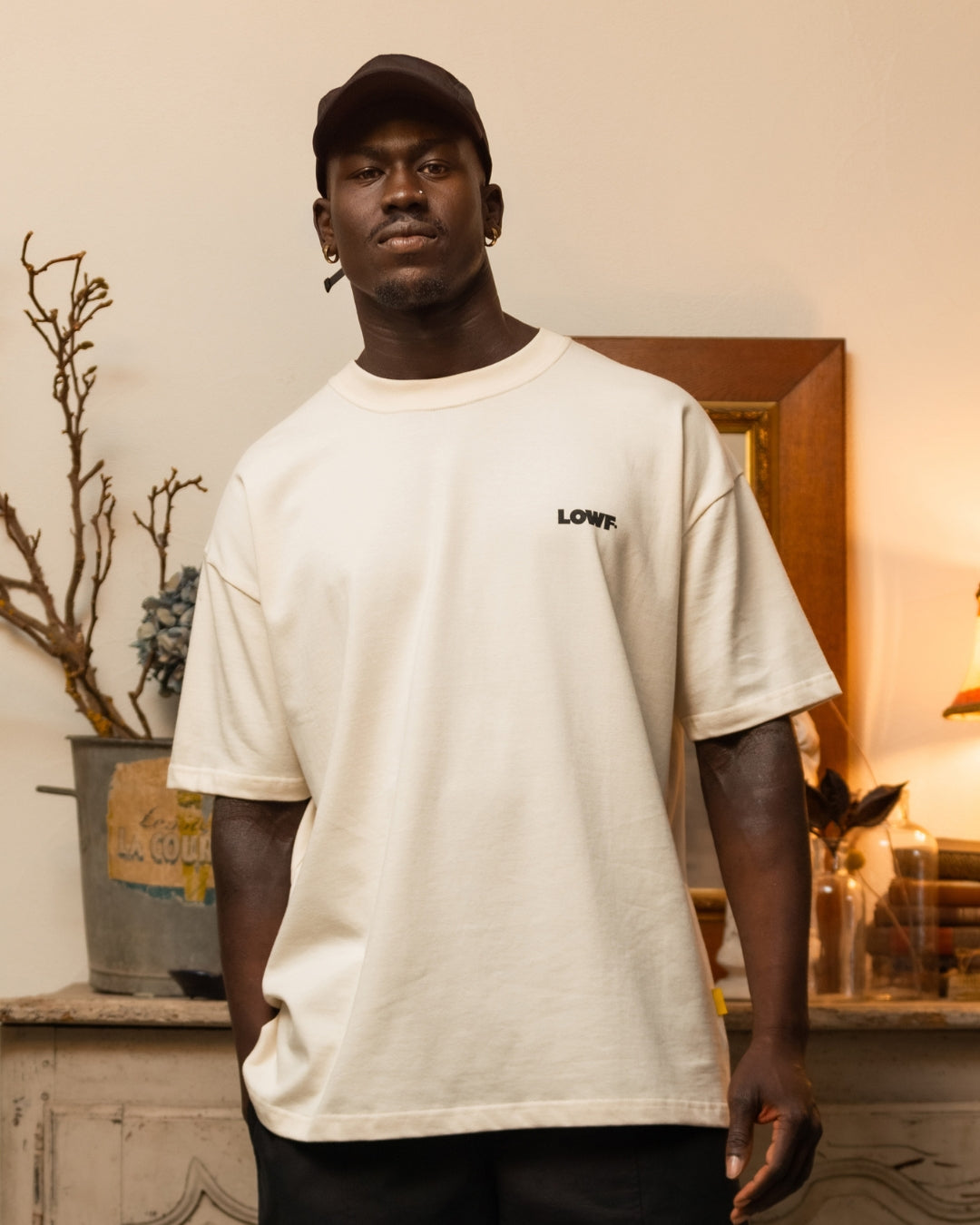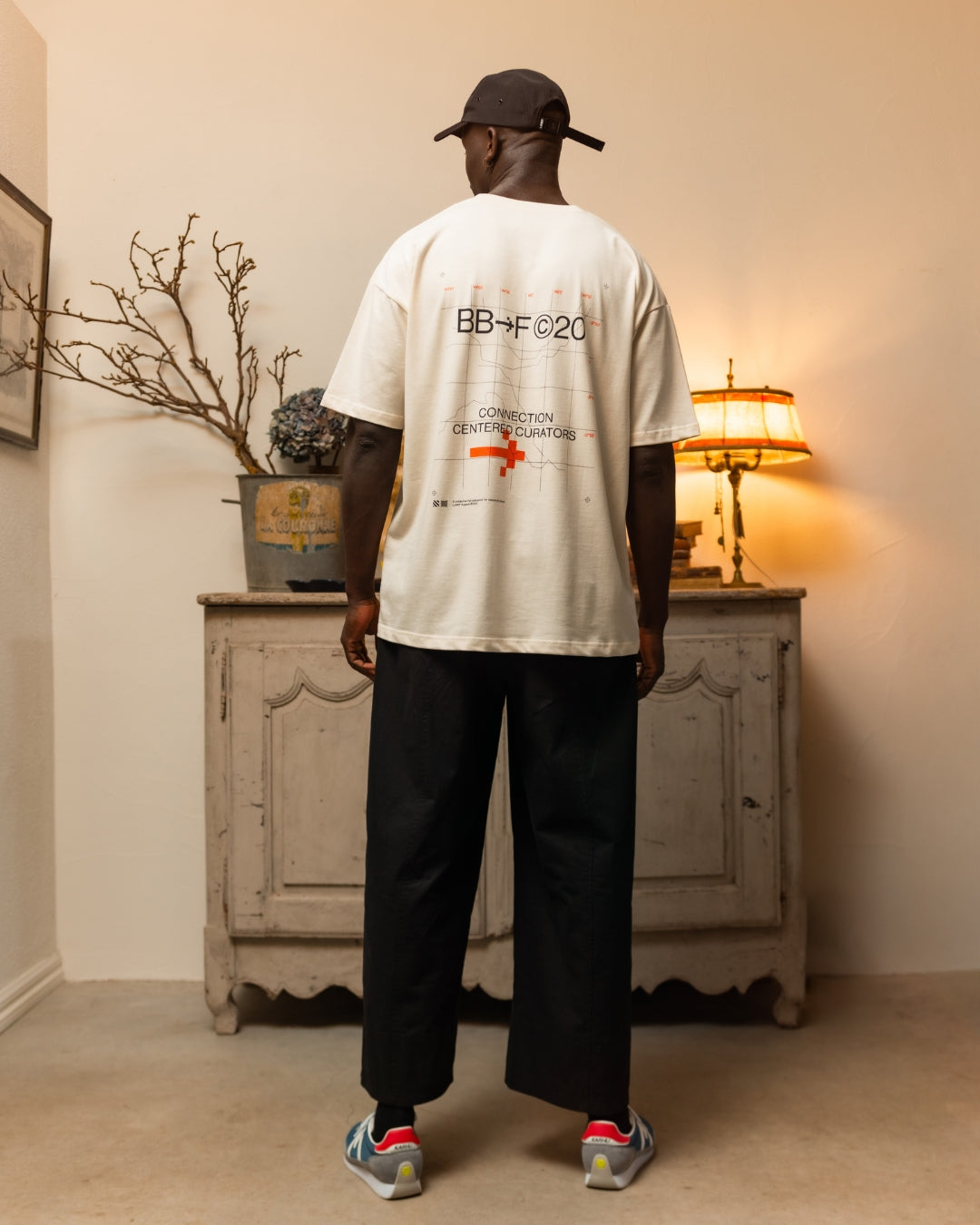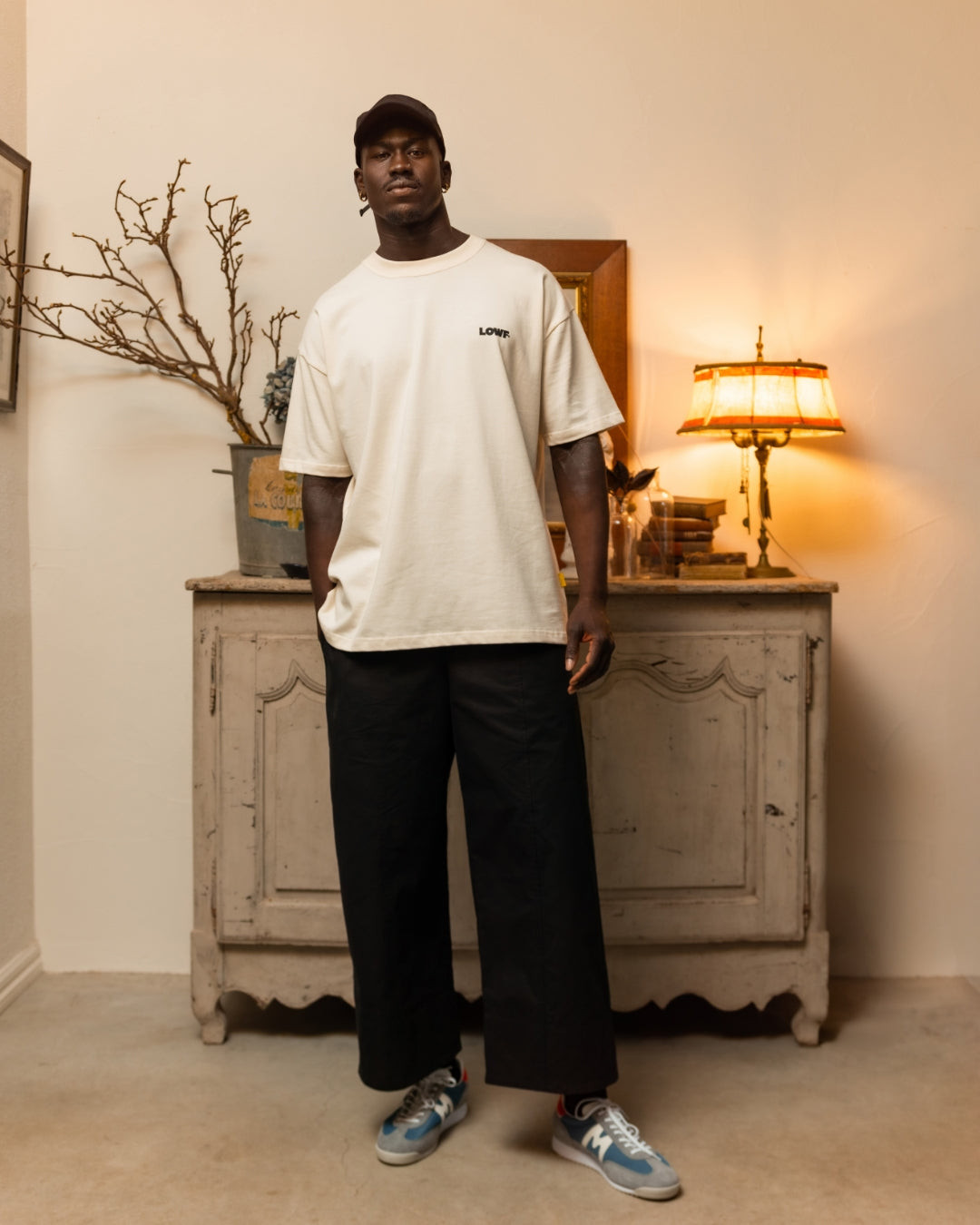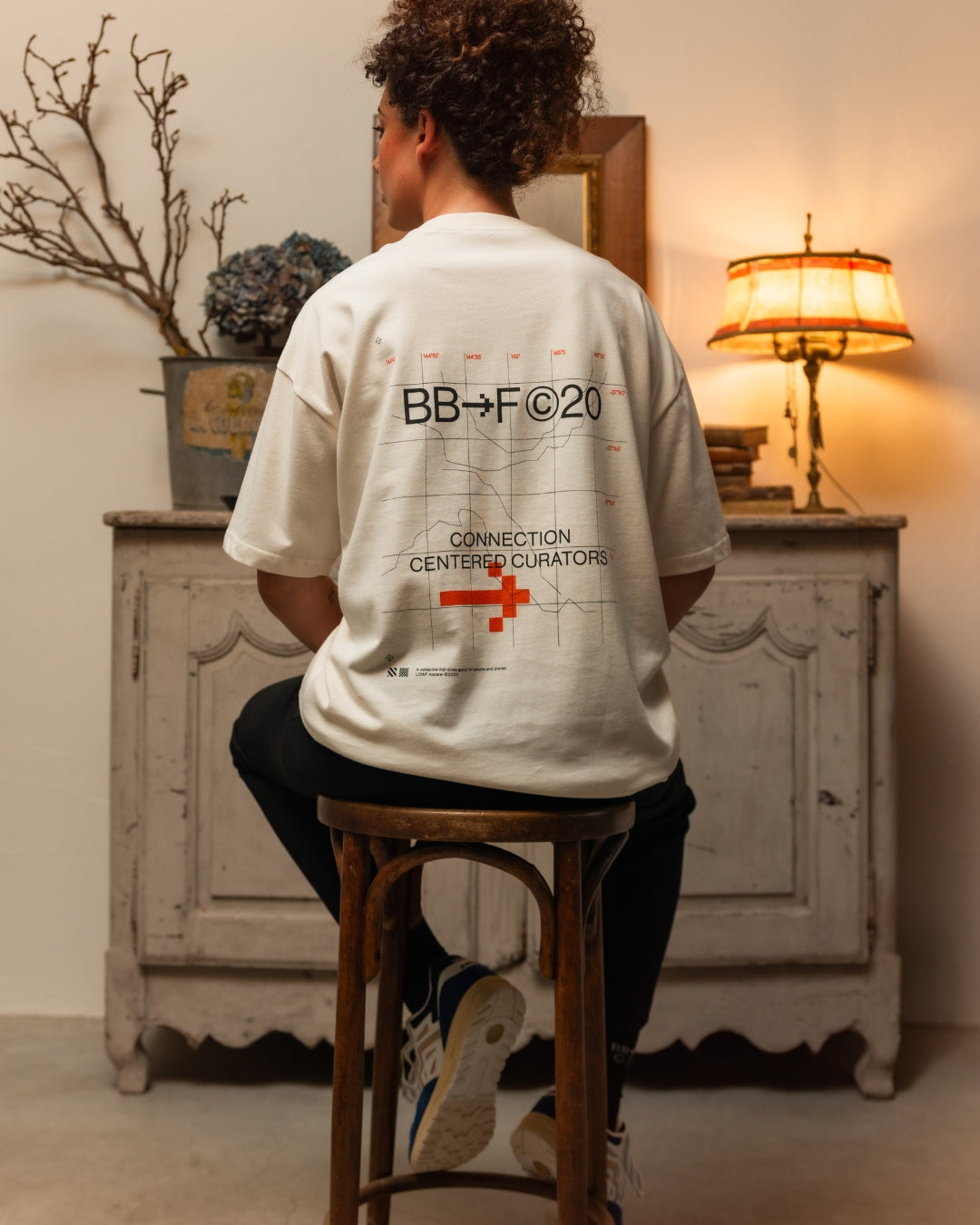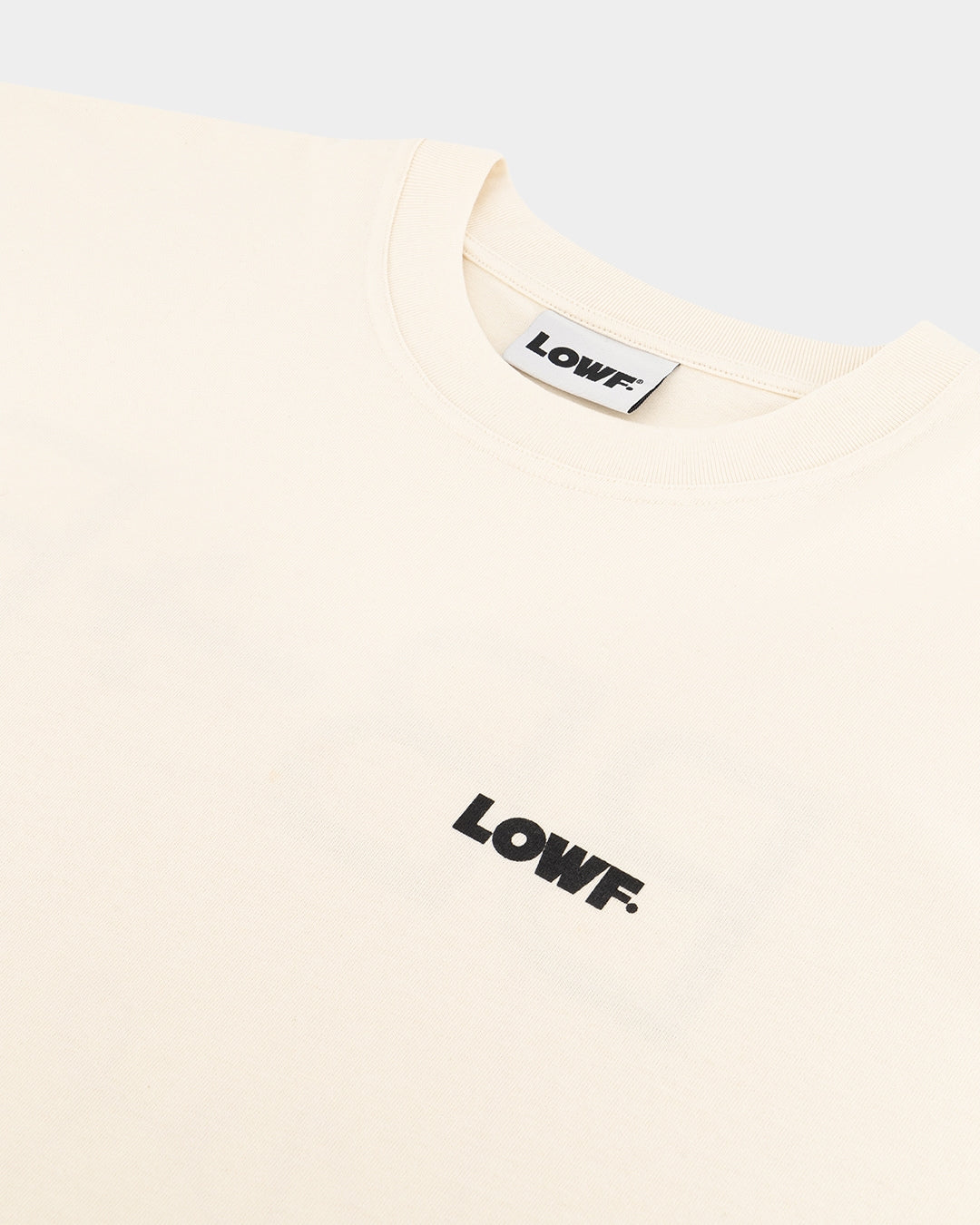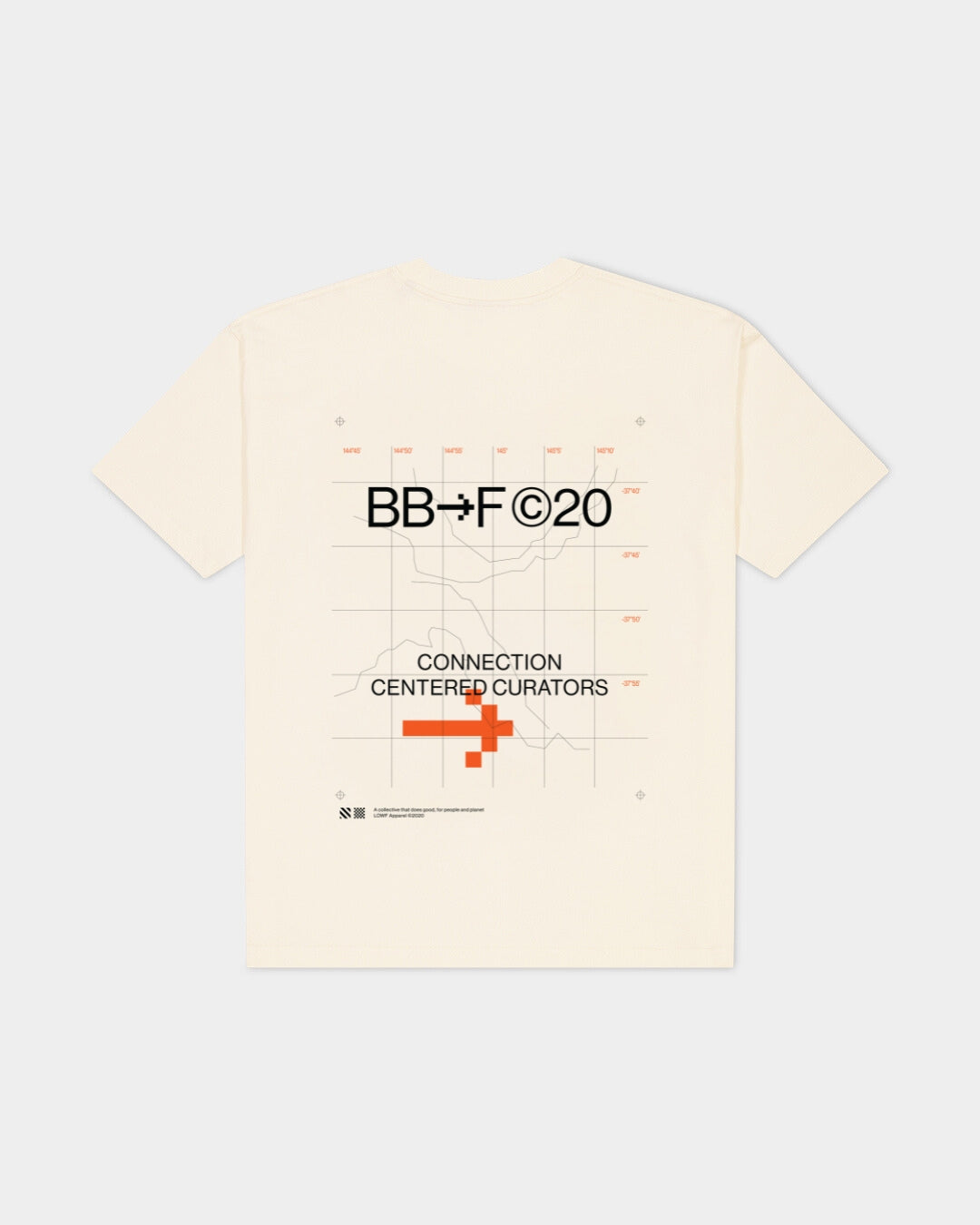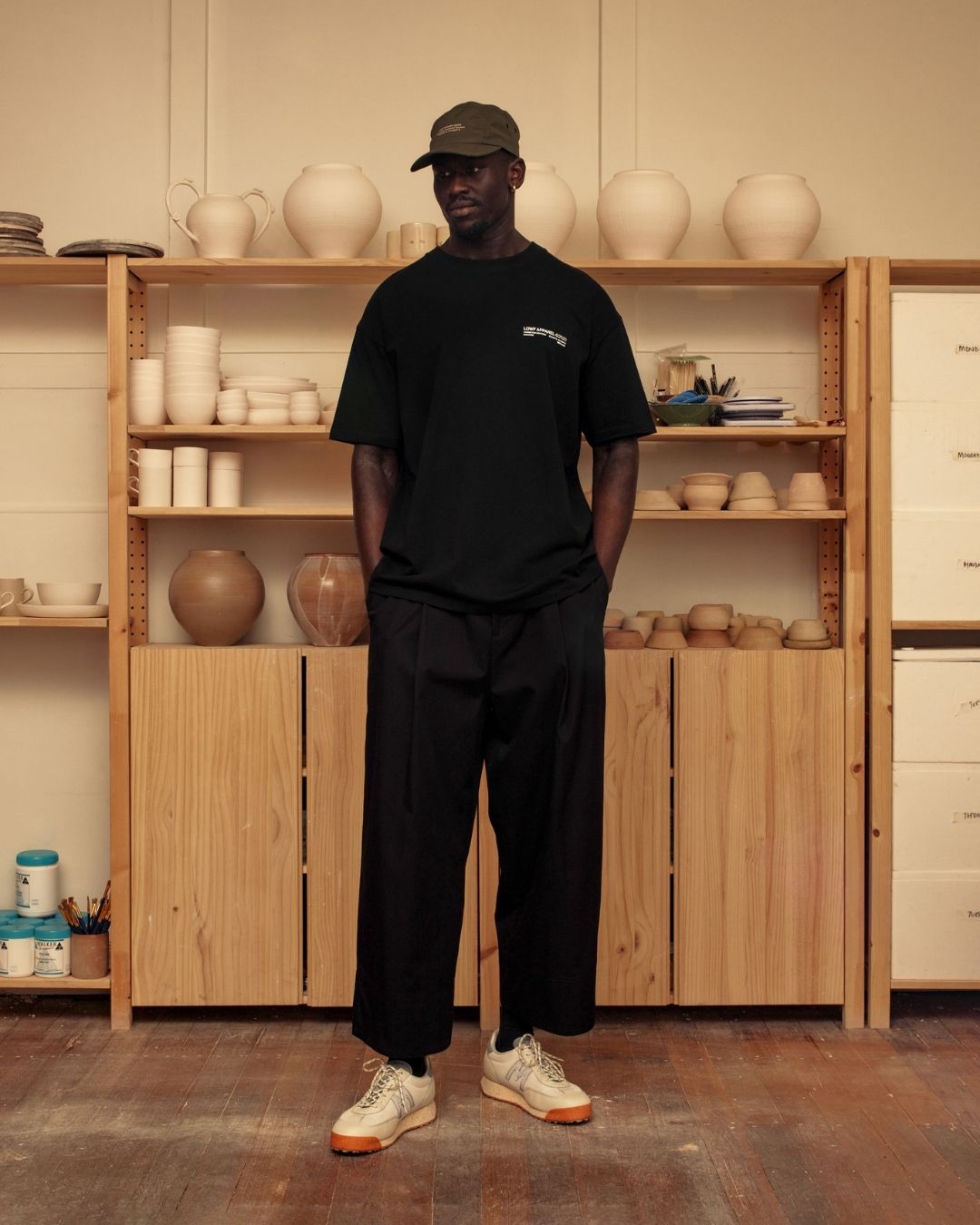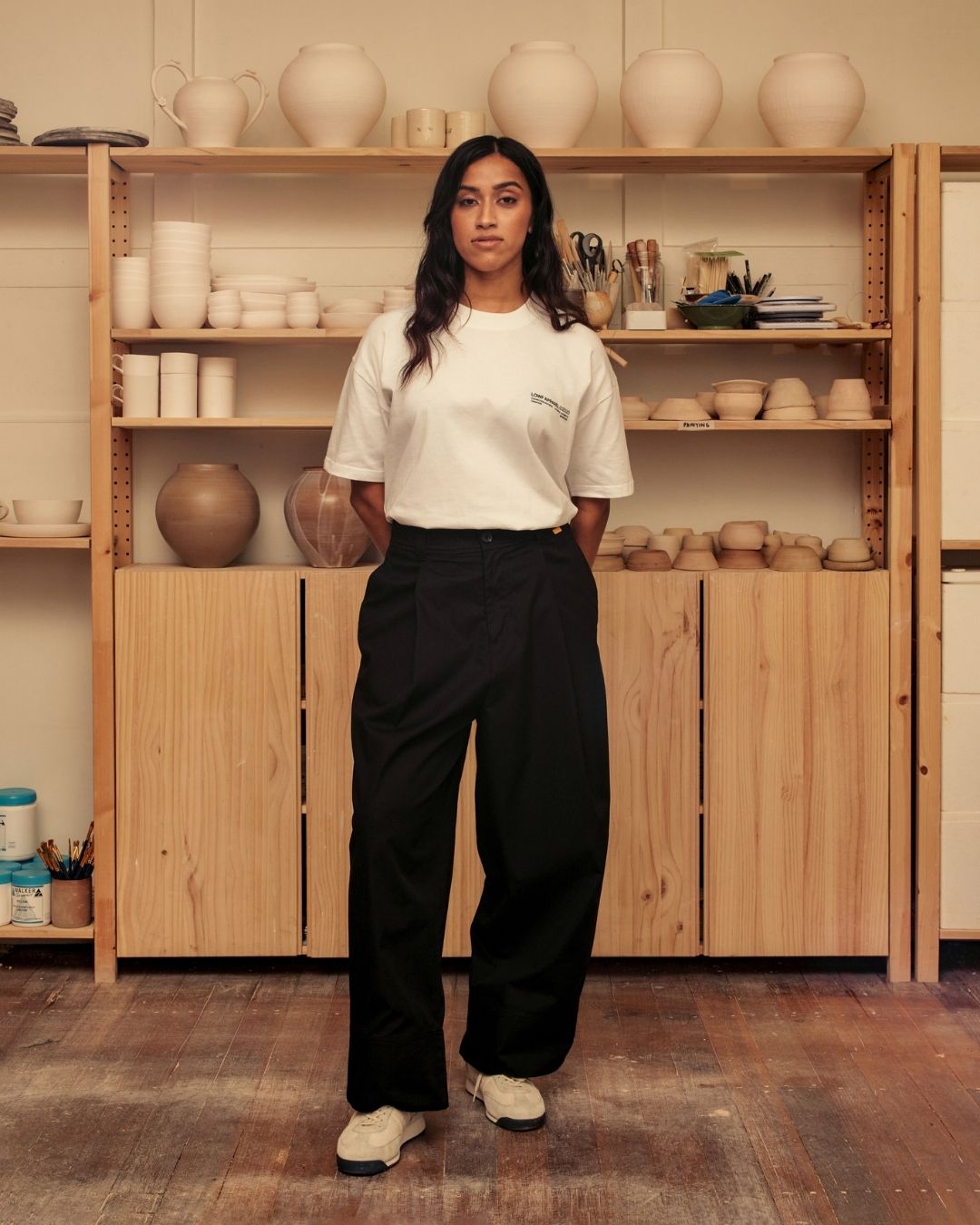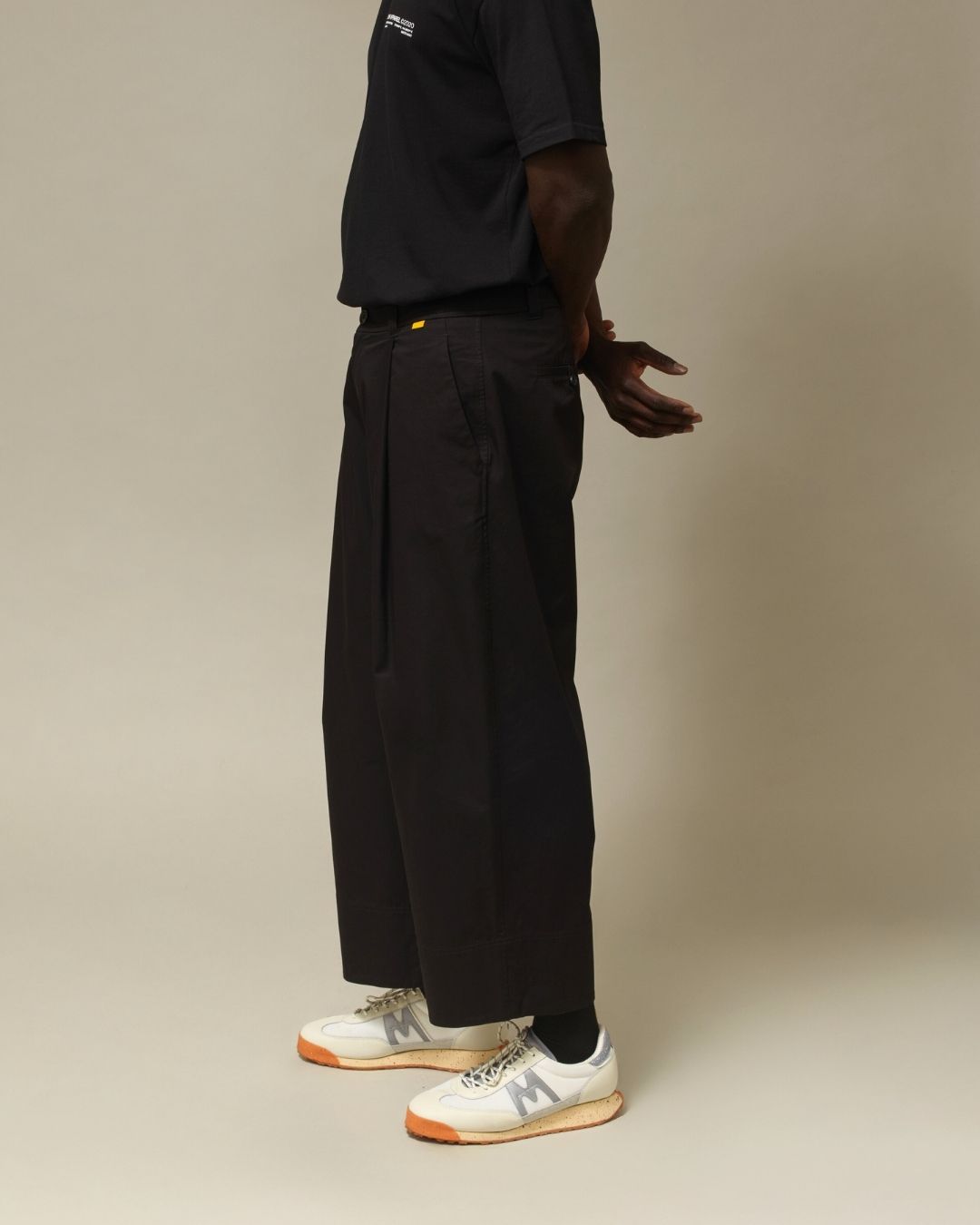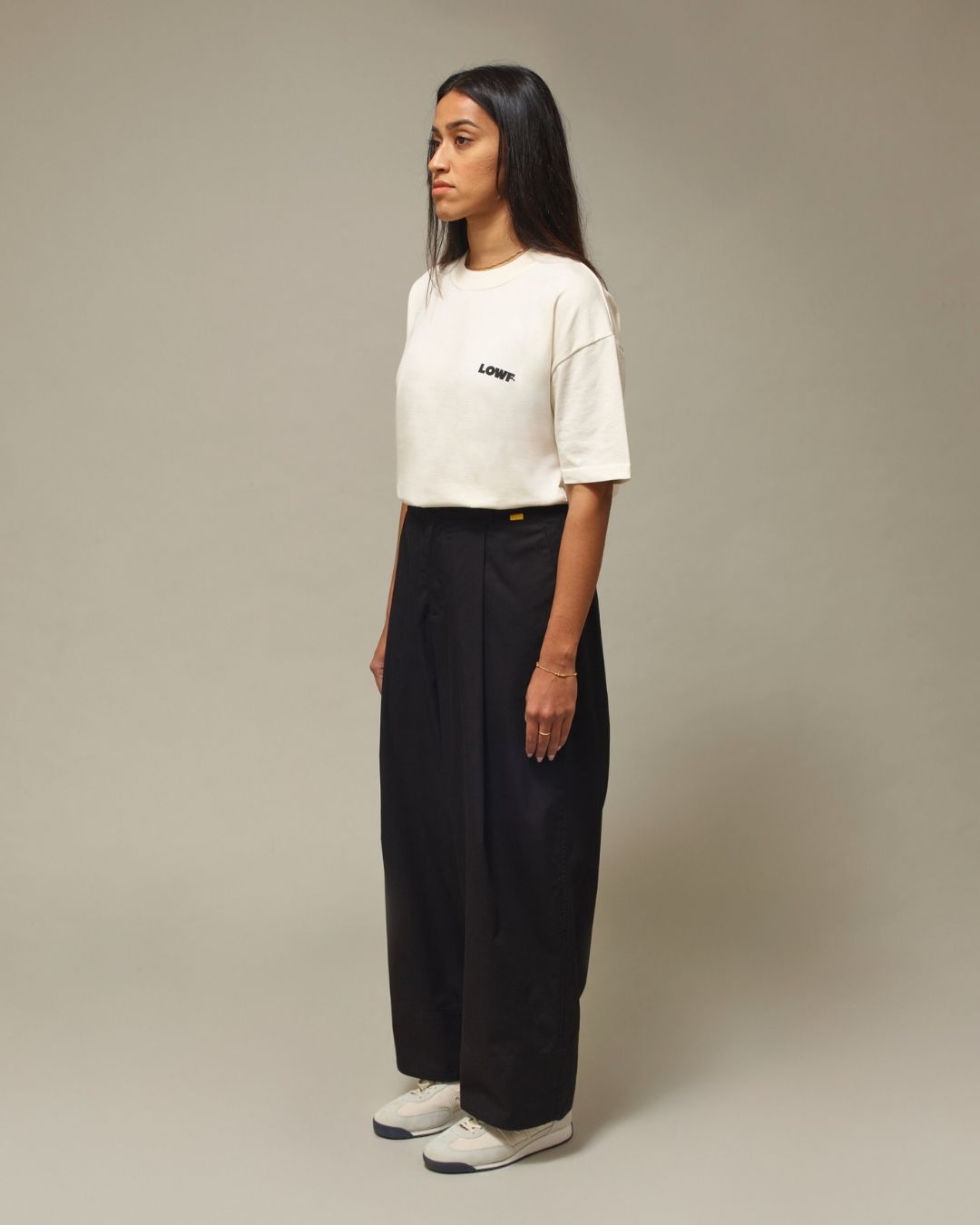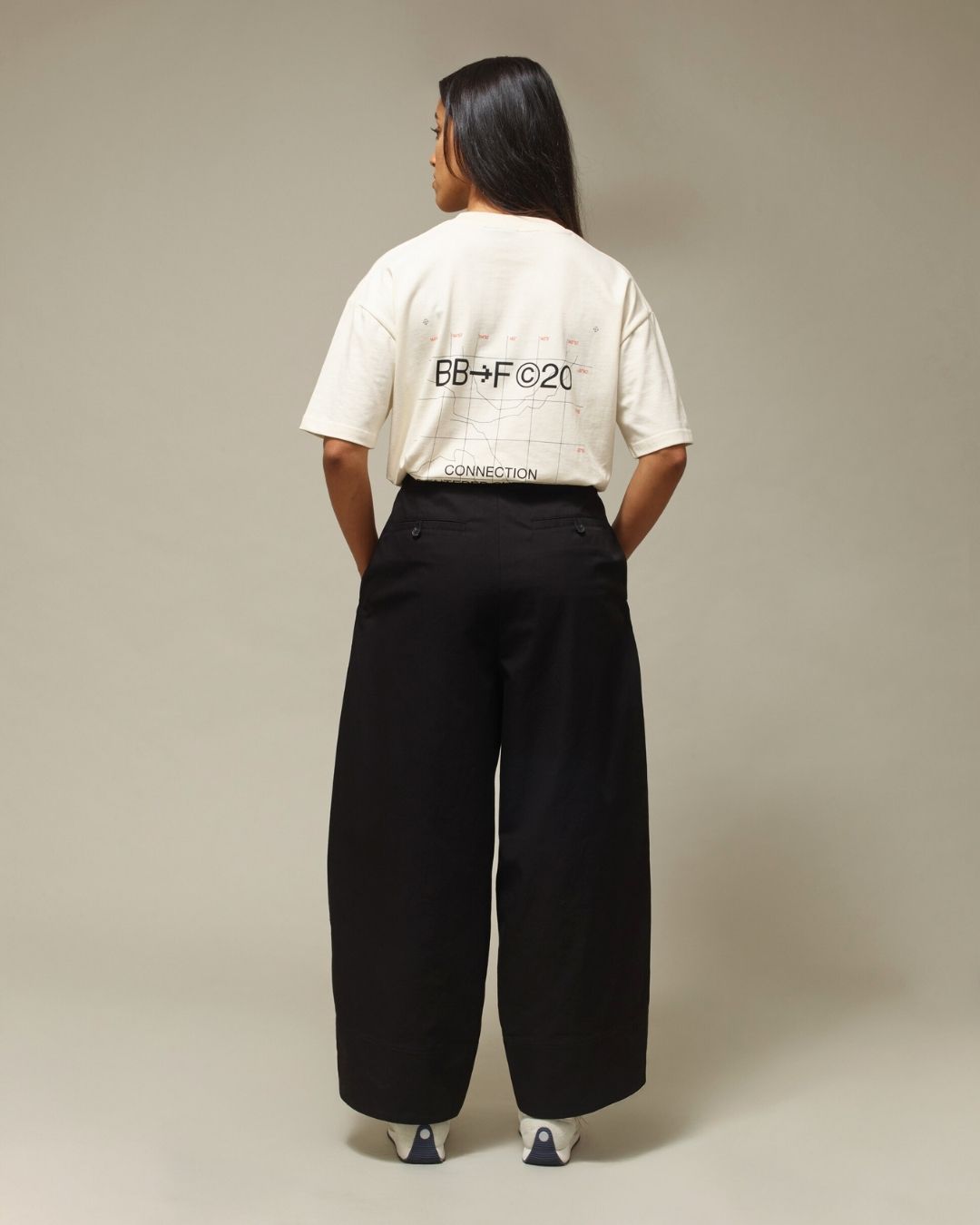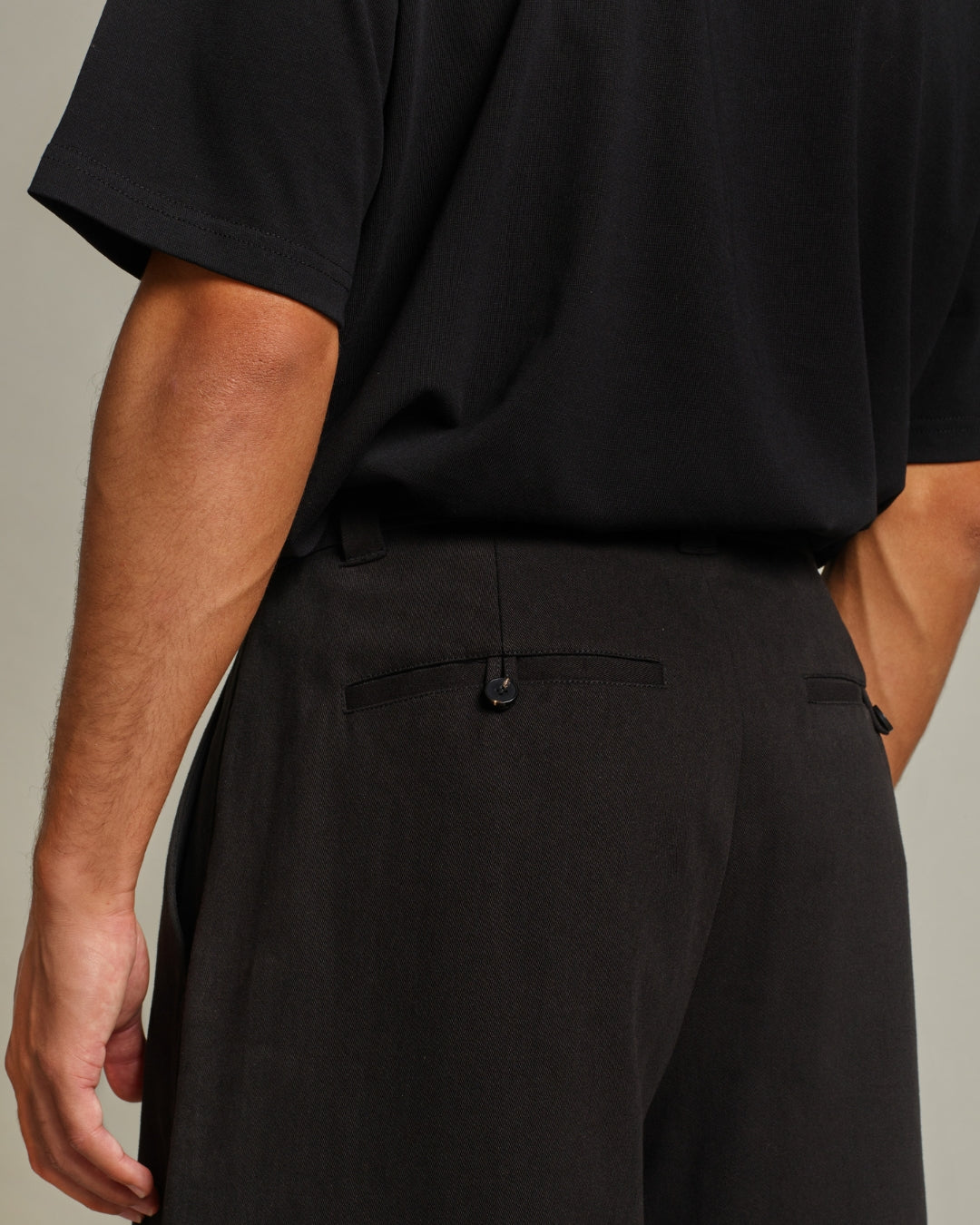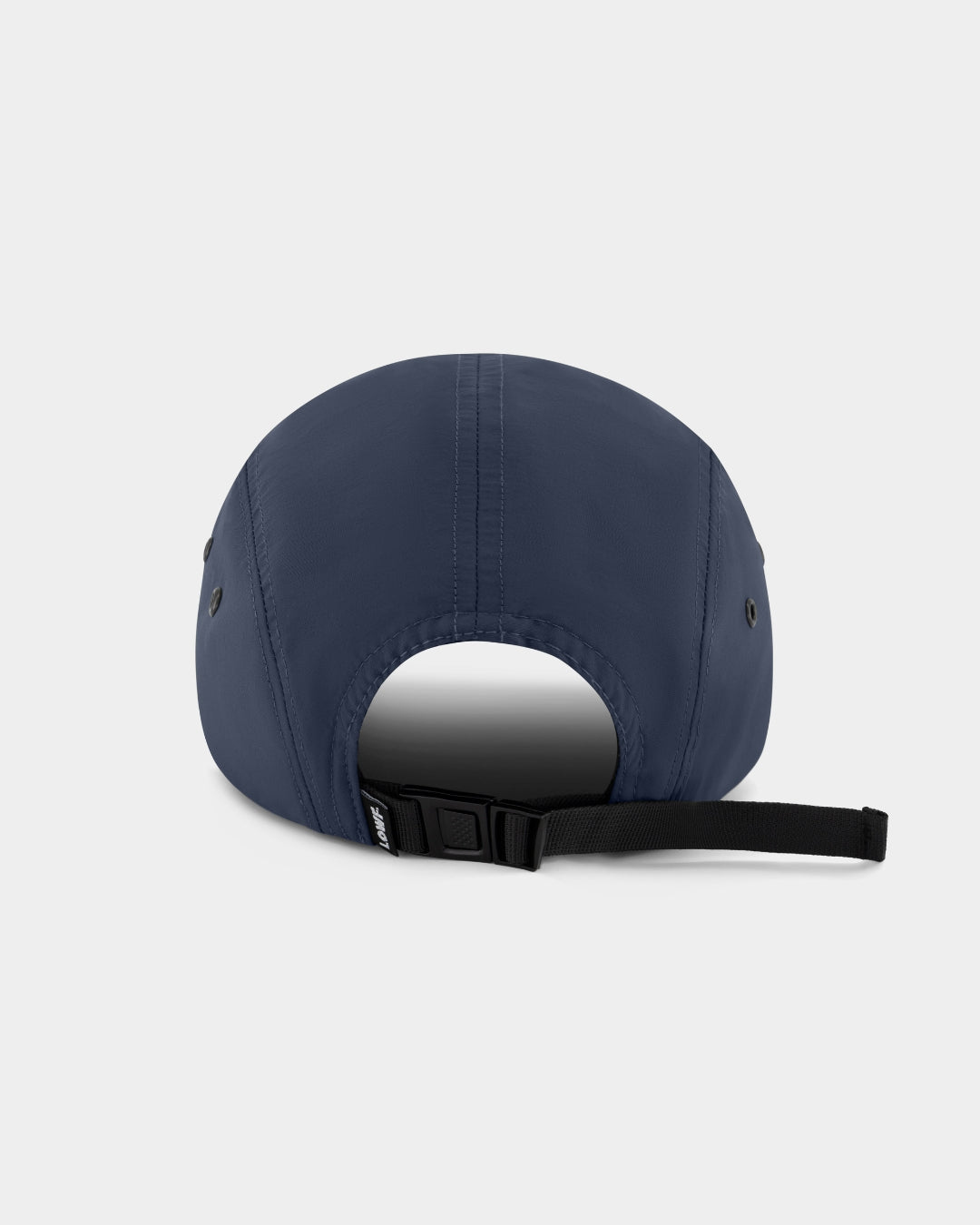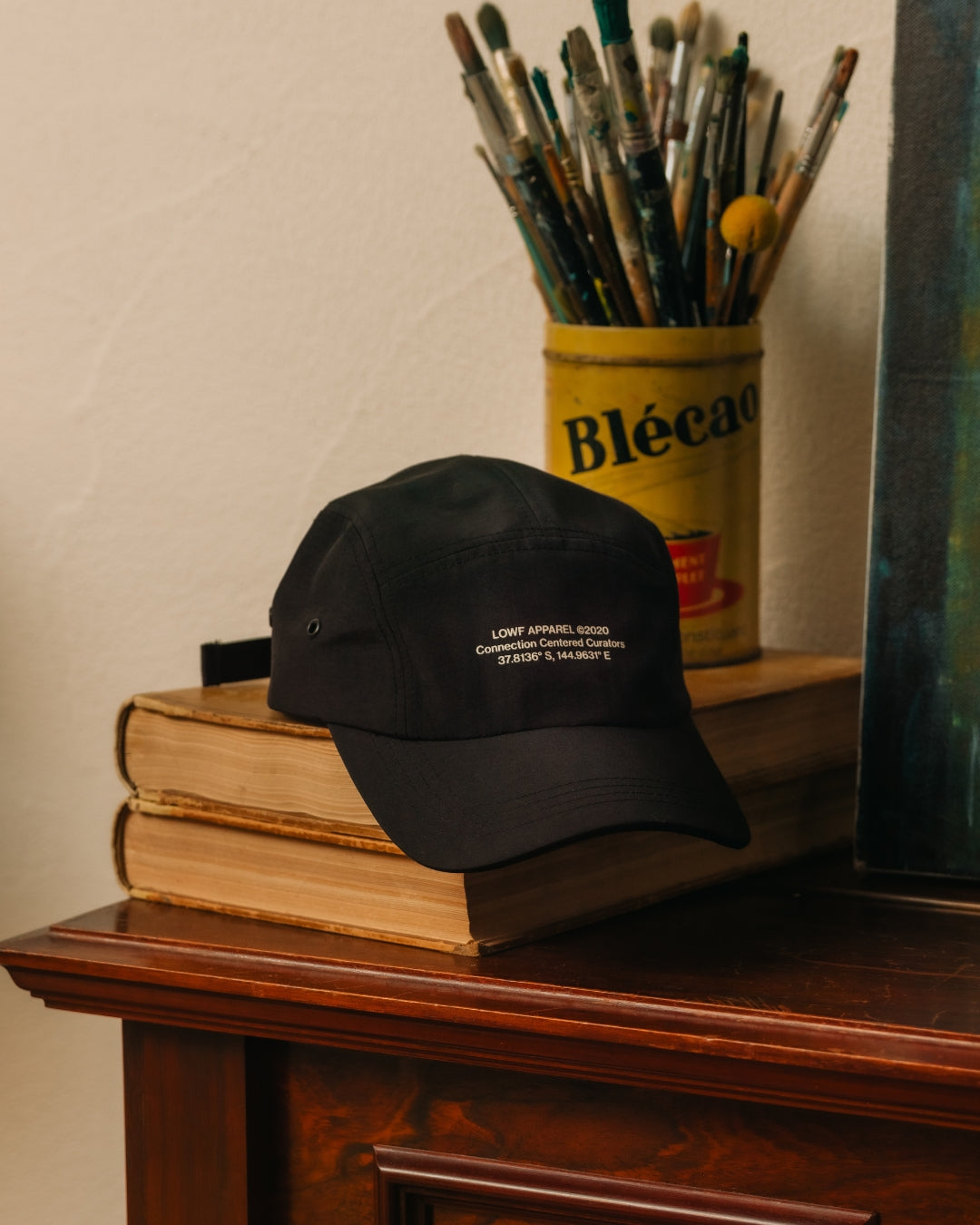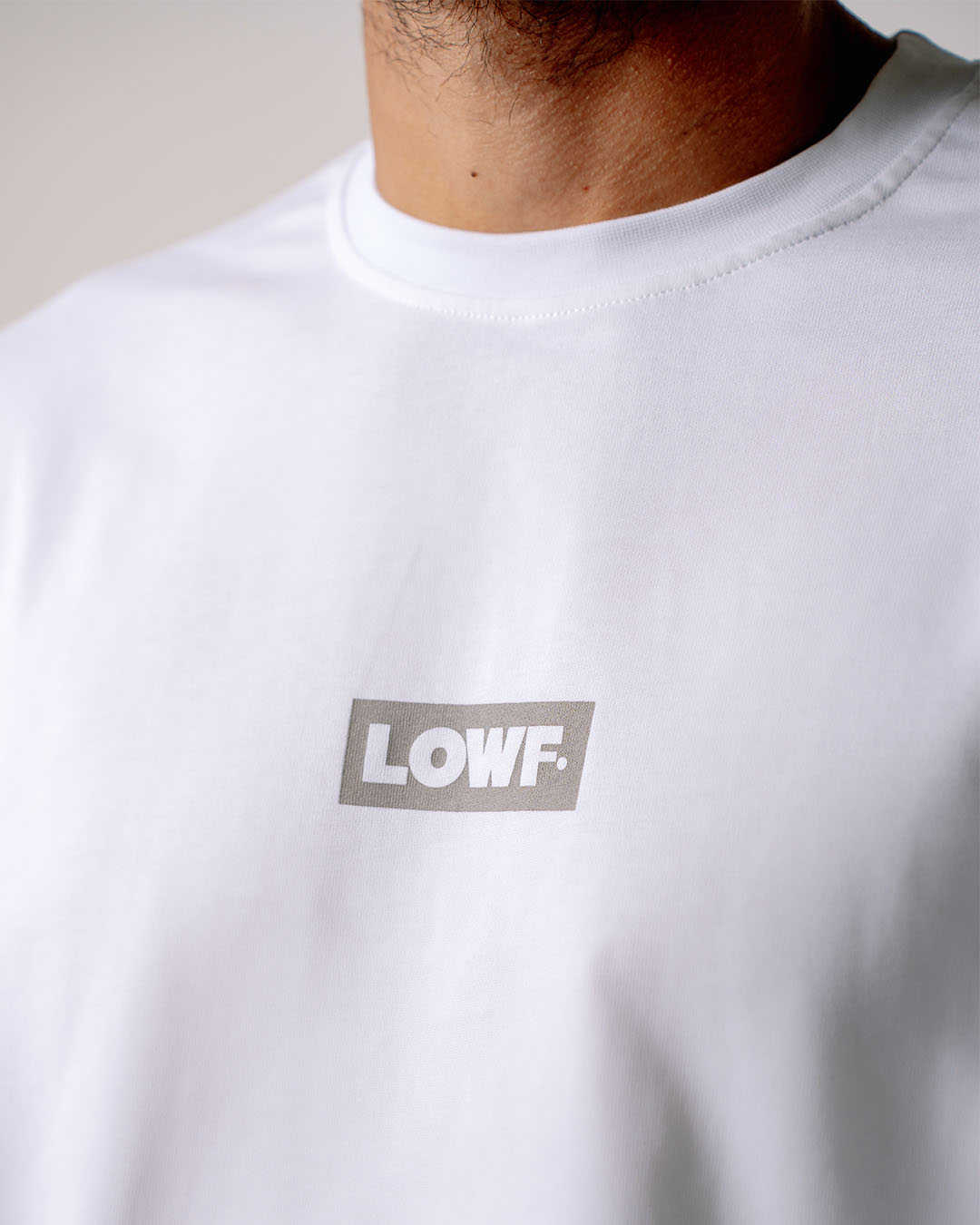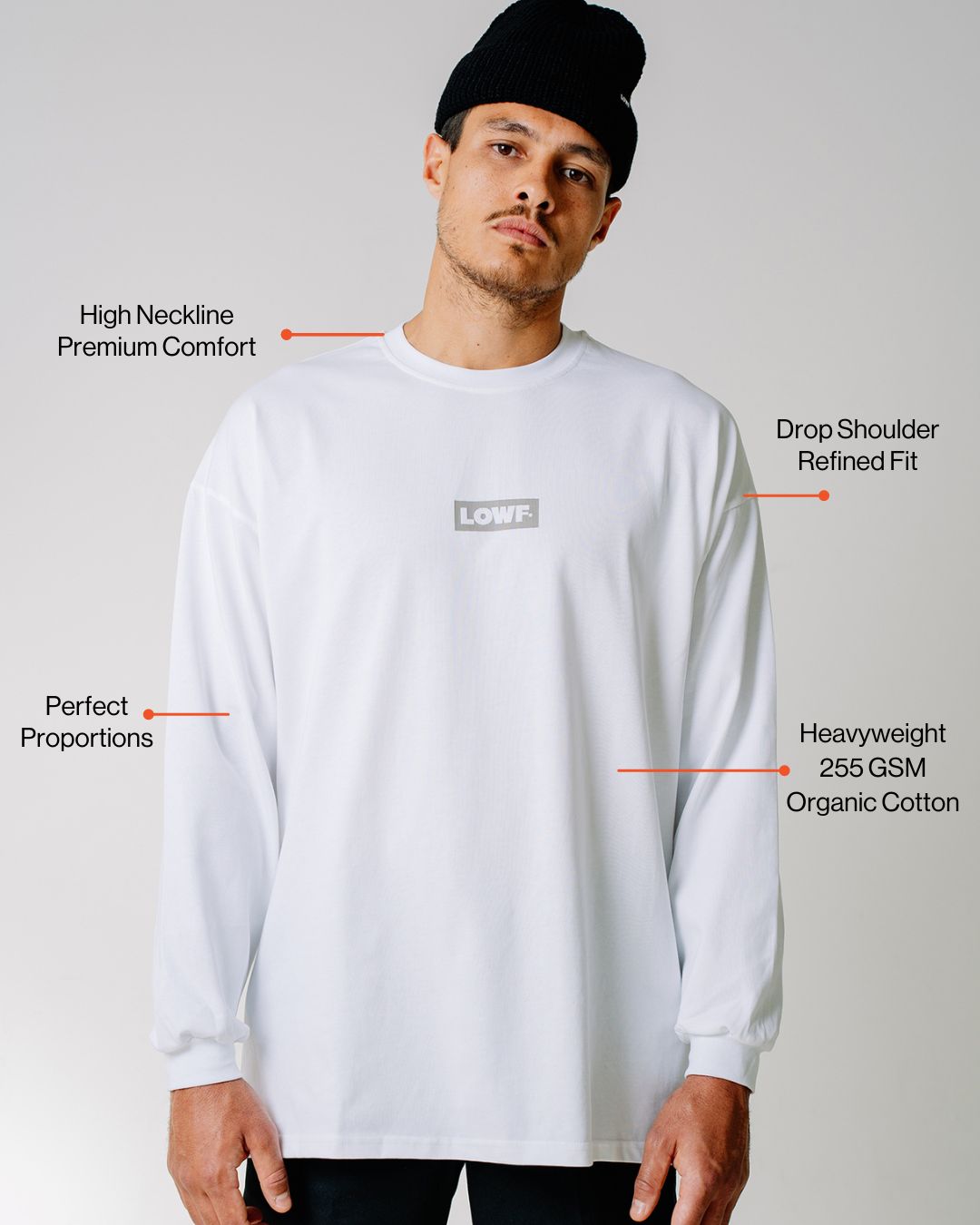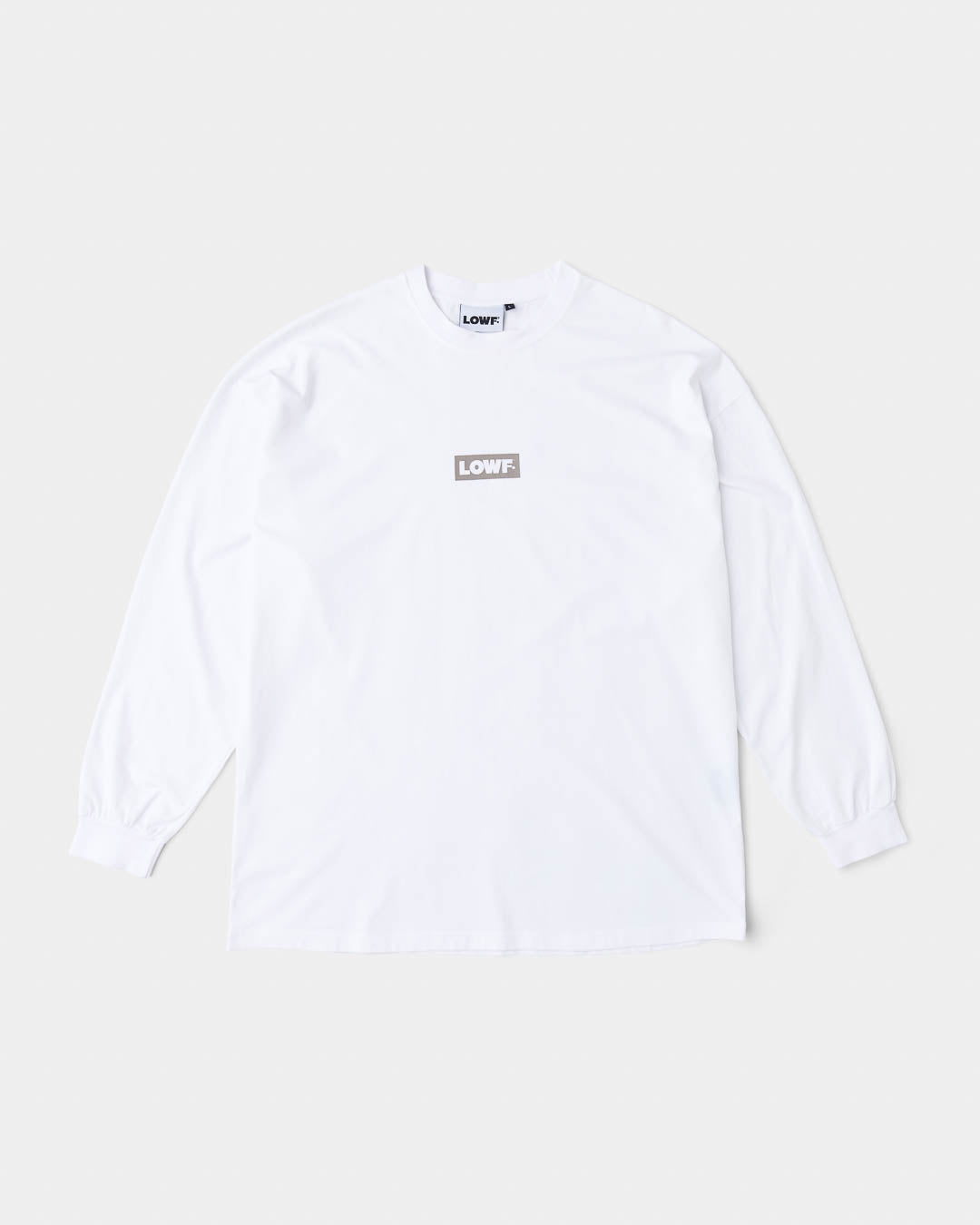Japanese Craftsman: Eijiro Fukuda

Eijiro Fukuda: Japanese Craftsman
We sat down with Kumiko and Japanese Woodworking Master Eijiro Fukuda, whose Melbourne workshop became the backdrop of our Japandi Capsule Collection.
Eijiro it's a pleasure to collaborate with you, help us introduce you to our readers…
Hello My name is Eijiro, and I’m a Japanese woodworker based in Melbourne.
I design and make custom Japanese-style interiors like shoji screens, kumiko panels, and furniture, all tailored to fit each home or commercial space.
How did your journey begin with woodworking? And how long have you been crafting?
I started working part-time as a carpenter in Japan when I was 20. By 23, I had my own company, building custom homes with some amazing carpenters. We were super busy, building a new house every three months, but it was a lot of fun.
In Japan, a woodworker means you do everything – from the foundation to the finishing touches, even making custom furniture for the client. Because all of these are made of wood
When did your craft bring you to Australia?
I moved to Australia 20 years ago. At first, I didn’t plan to stay long, but somehow it’s been 20 years already!
I started my own brand here called Nagomi, which in Japanese means 'living in harmony'. Zen style and Japandi were becoming popular here, so starting Nagomi just felt right.
Now I'm based here in Melbourne, making custom shoji screens, furniture, and more for my clients. But lately, I've been really focusing on kumiko work.
 |
 |
For those of us unfamiliar with Kumiko, what can you tell us about it?
Kumiko is a traditional Japanese woodworking style that has been around for over 1,400 years in Japan used in temples and traditional buildings.
It’s all done by hand, using tools like hand planes, chisels, and small saws. We fit tiny pieces of wood together, and instead of using nails we cut little notches into thin strips of wood and join two or three pieces to build the shapes.
The designs are inspired by nature, like flowers and plants, and each one has a special meaning. An example of a geometric pattern we create is called 'Asanoha' (hemp leaf). Since hemp grows fast and strong, it’s seen as a symbol of good health and protection.
Right now, my most requested design is Kumiko panels with washi paper and soft lights behind them. Kumiko panels create beautiful light and shadow when the light hits them. The soft light makes the patterns stand out and look really beautiful.
Kumiko is a highly intricate and precise art—what does the process teach you about patience and craftsmanship?
When you see the work, you’ll notice that accuracy is probably the most important thing.
Even if a piece is just 1mm off, by the end, that mistake could grow to 10mm and the parts won’t fit together. That's why we need super high precision, like within a tenth of a millimeter.
It’s a lot of repeating the same careful steps over and over, and being really patient and focused. People often talk about craftsmanship but I think it really comes from doing the same thing so many times that your hands just know how the wood fits, and you can instantly see if something is off.
The more pieces you make, the better you get and you can really see that experience in the quality and precision of the final work.
 |
 |
 |
There’s a deep philosophy behind Japanese craftsmanship—what can you tell us about the values of Japanese design?
In Japanese design, bringing nature into the home is really important, and natural materials are commonly used in interiors. Things like tatami (rush mats), shoji (paper screens), and wooden pillars or floors are all natural elements that help create harmony in a space.
These materials adjust to the seasons and humidity, breathing with the environment to bring a gentle balance.
In Japanese interiors, we also display seasonal flowers, and kumiko patterns often represent the changing seasons, allowing us to feel nature even indoors.
The way light and air enter the space through shoji screens and washi paper adds a soft, natural feel that makes the space comfortable. This is why we call it a Zen style – it reflects the cultural appreciation for living in harmony with nature.
As for my company’s logo, the meaning in Japanese is:
Valuing harmony between people. Valuing harmony with nature.
Where can we find some of your Kumiko designs in Melbourne or even around the world?
We often get custom orders from restaurants and shops in Melbourne and Sydney. We design and build everything to fit each space, and then we install it ourselves.
You can also see our products on Instagram and our website. If you're curious about kumiko, the website has information about the patterns, their meanings, and how they can be used in beautiful interior designs.
This year, we're planning to move into a new space where we’ll not only sell our products but also run workshops – like how to use a kanna (Japanese hand plane) or how to make kumiko.
Feel free to follow us on Instagram, and if you're interested in visiting or joining a workshop, just send us a message through our website. We’d love to hear from you!
And finally, what’s one lesson or wisdom from your craft that you think applies in life?
This year I turned 50, and I’ve been working with wood for 30 years. That sounds like a long time, but many of the trees I use are even older – sometimes over 400 years. The rings and knots tell the story of how the tree lived. Time gives wood its beauty.
As I age, I hope my skills continue to grow too. Like a tree, I want to age with depth and character. I aim for the beauty that comes with time.That means aging like a tree. I aim for the beauty of ageing.
 |













































